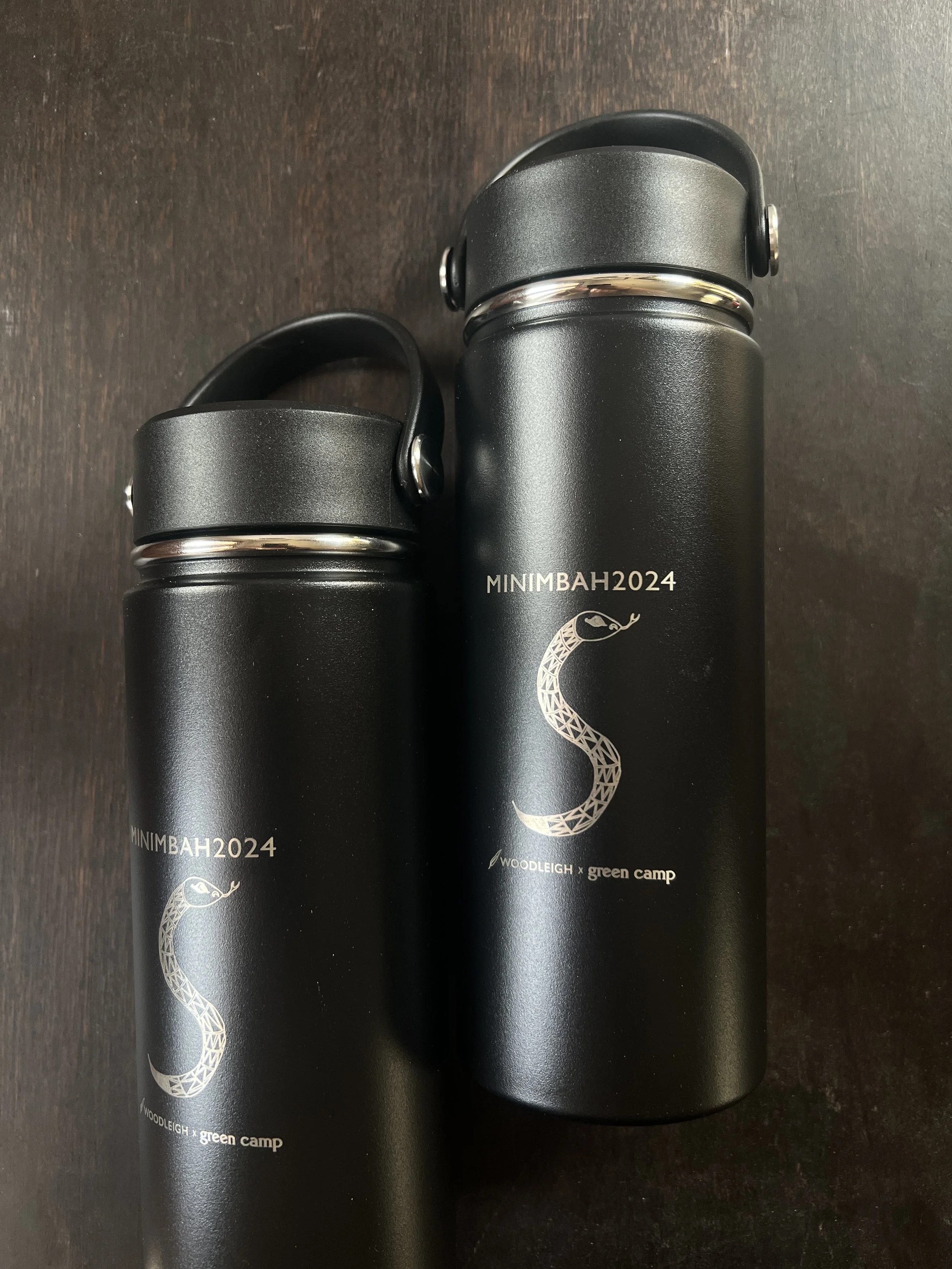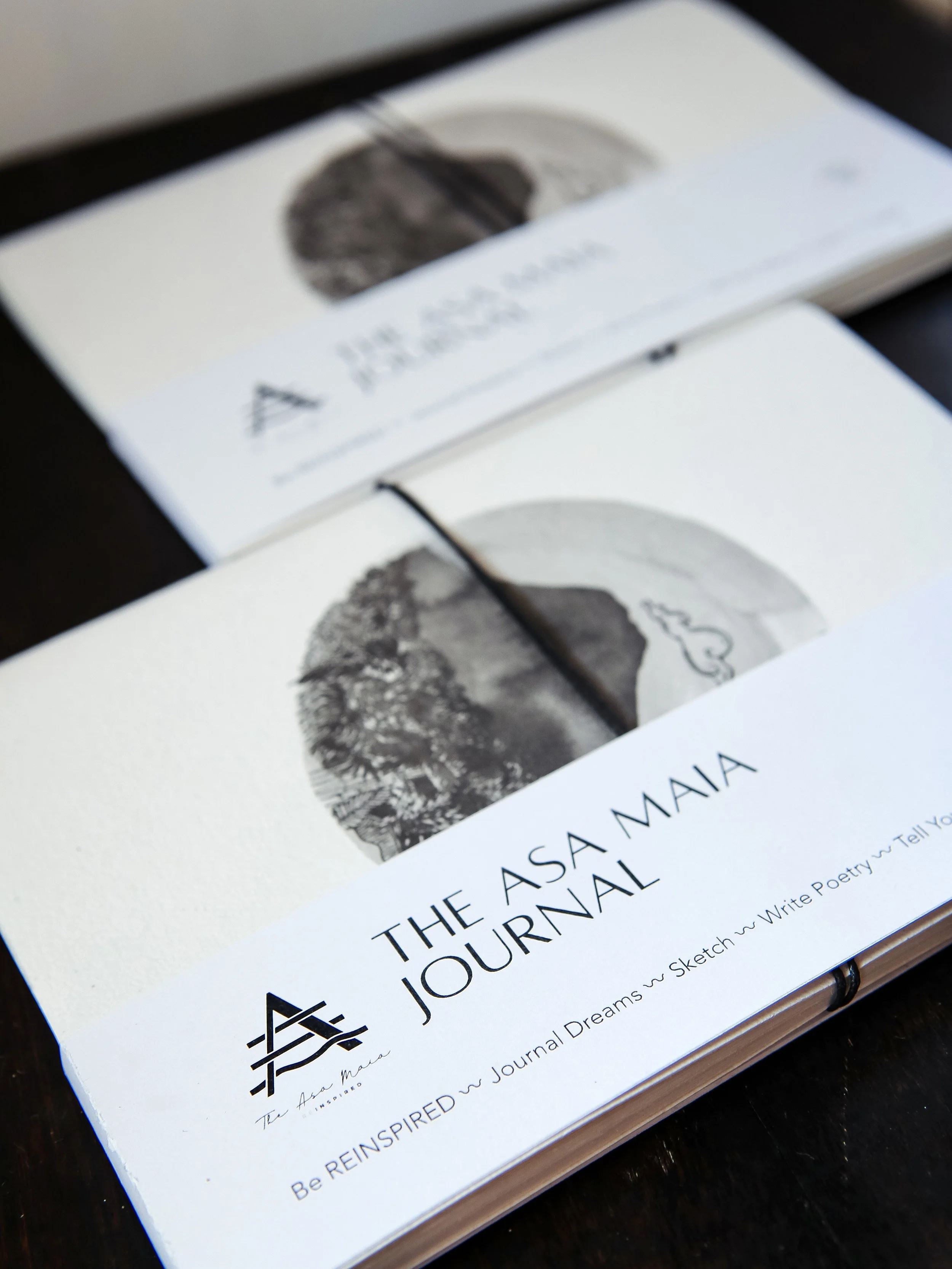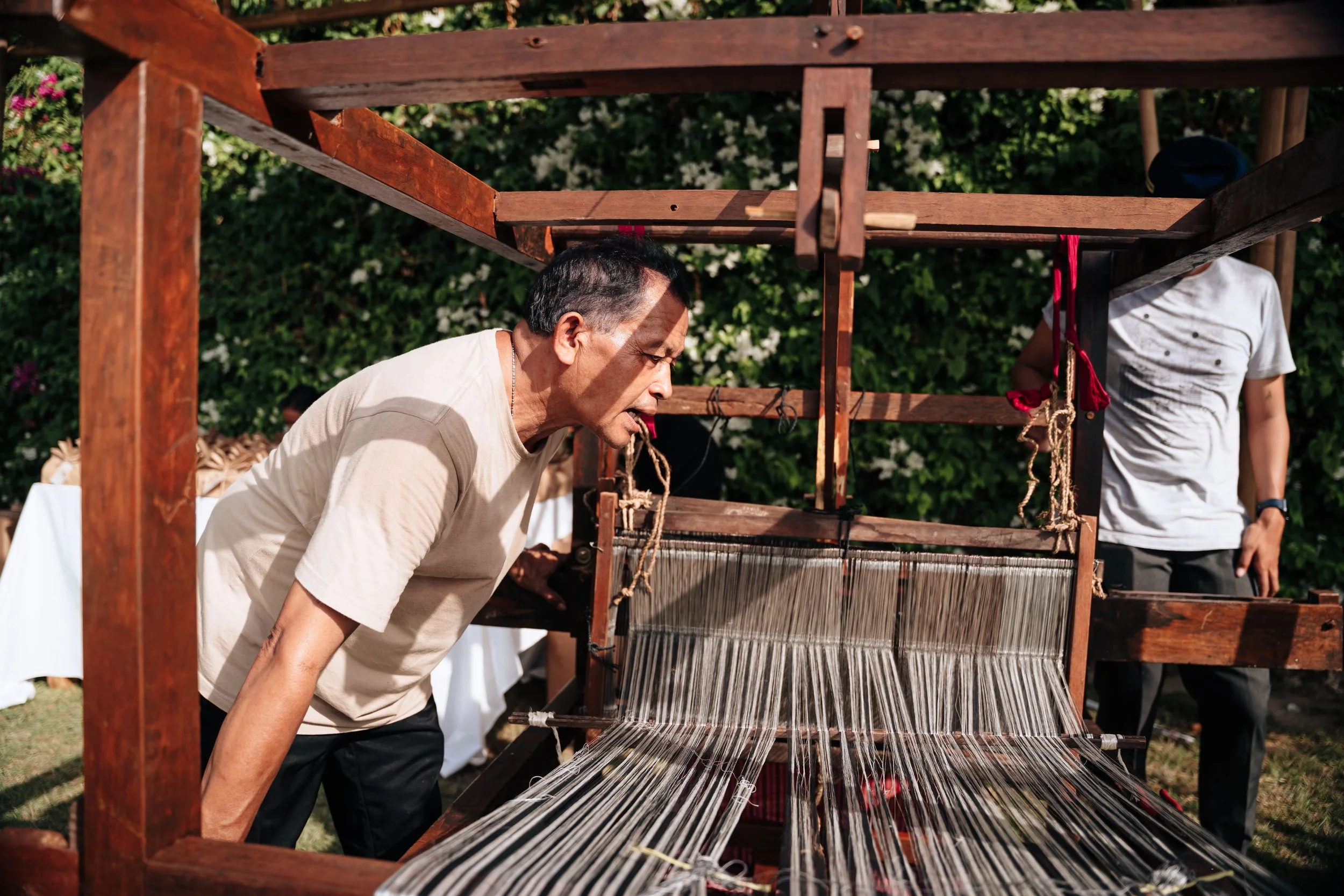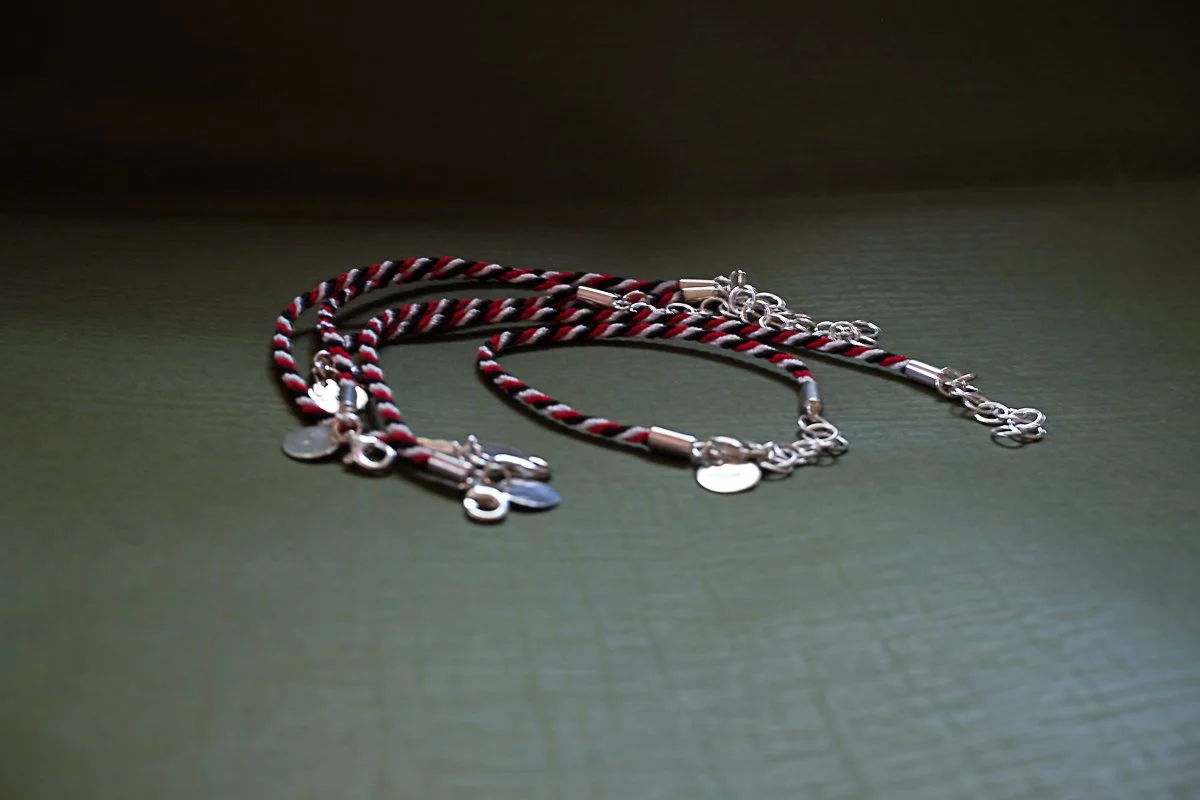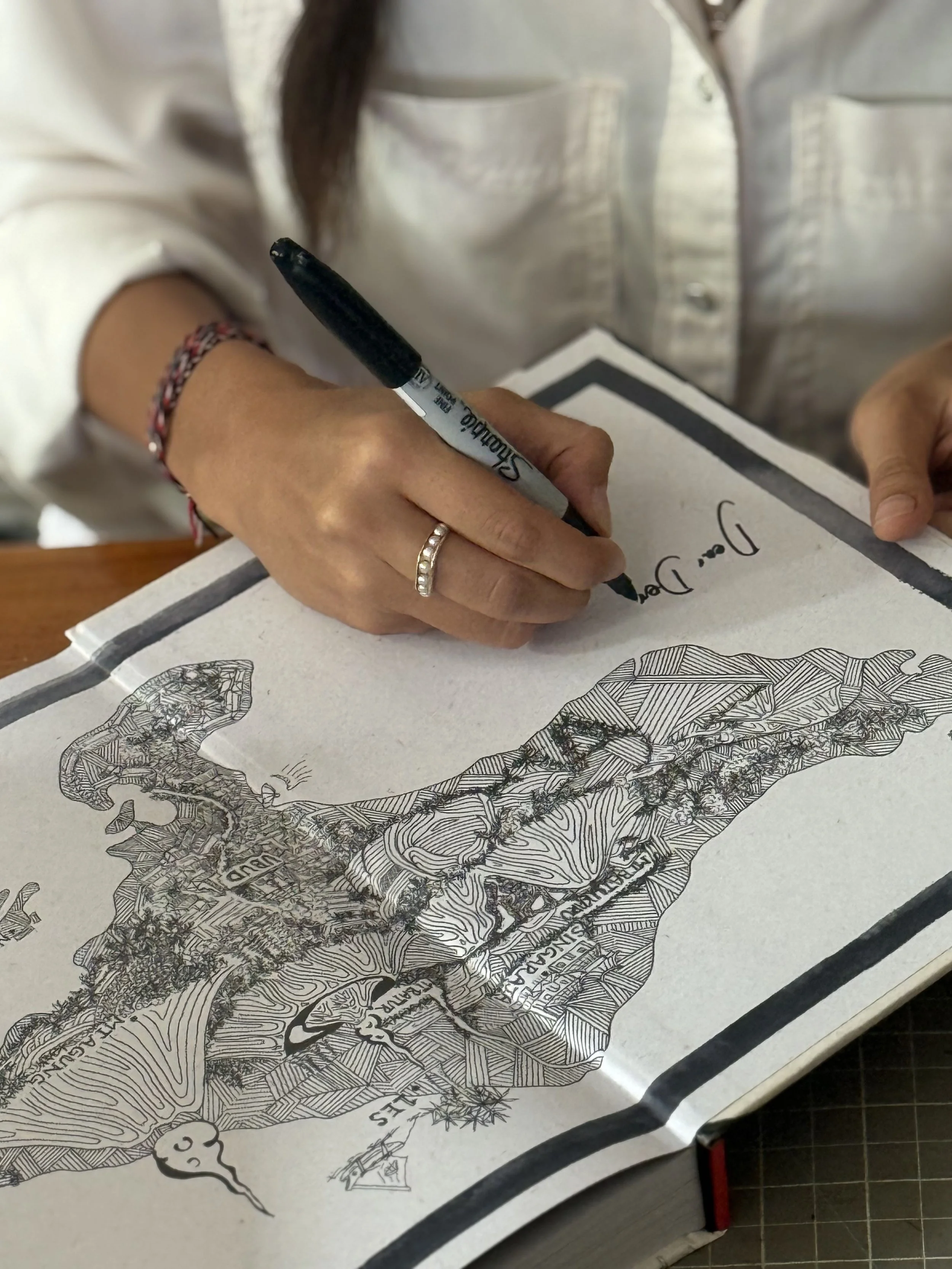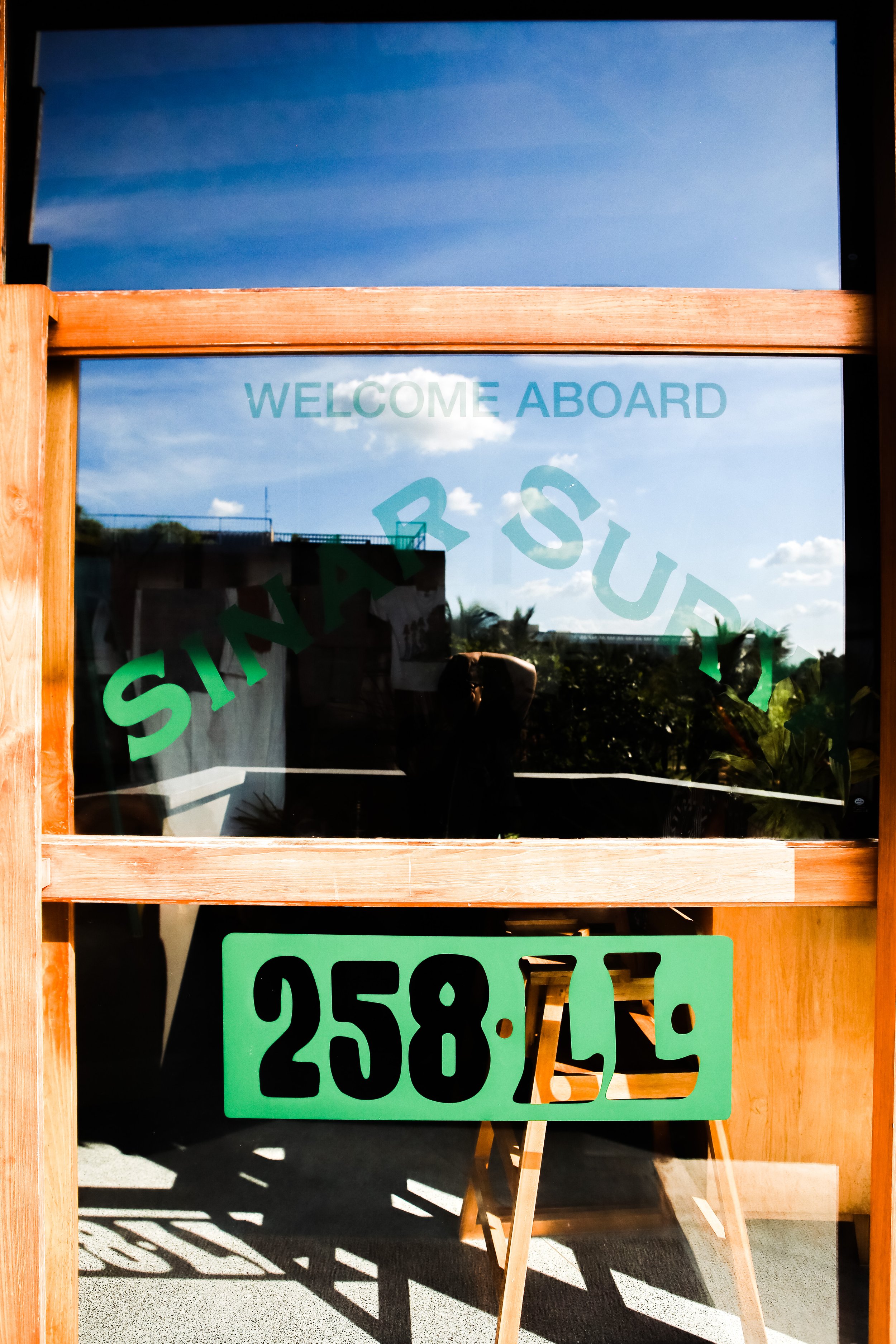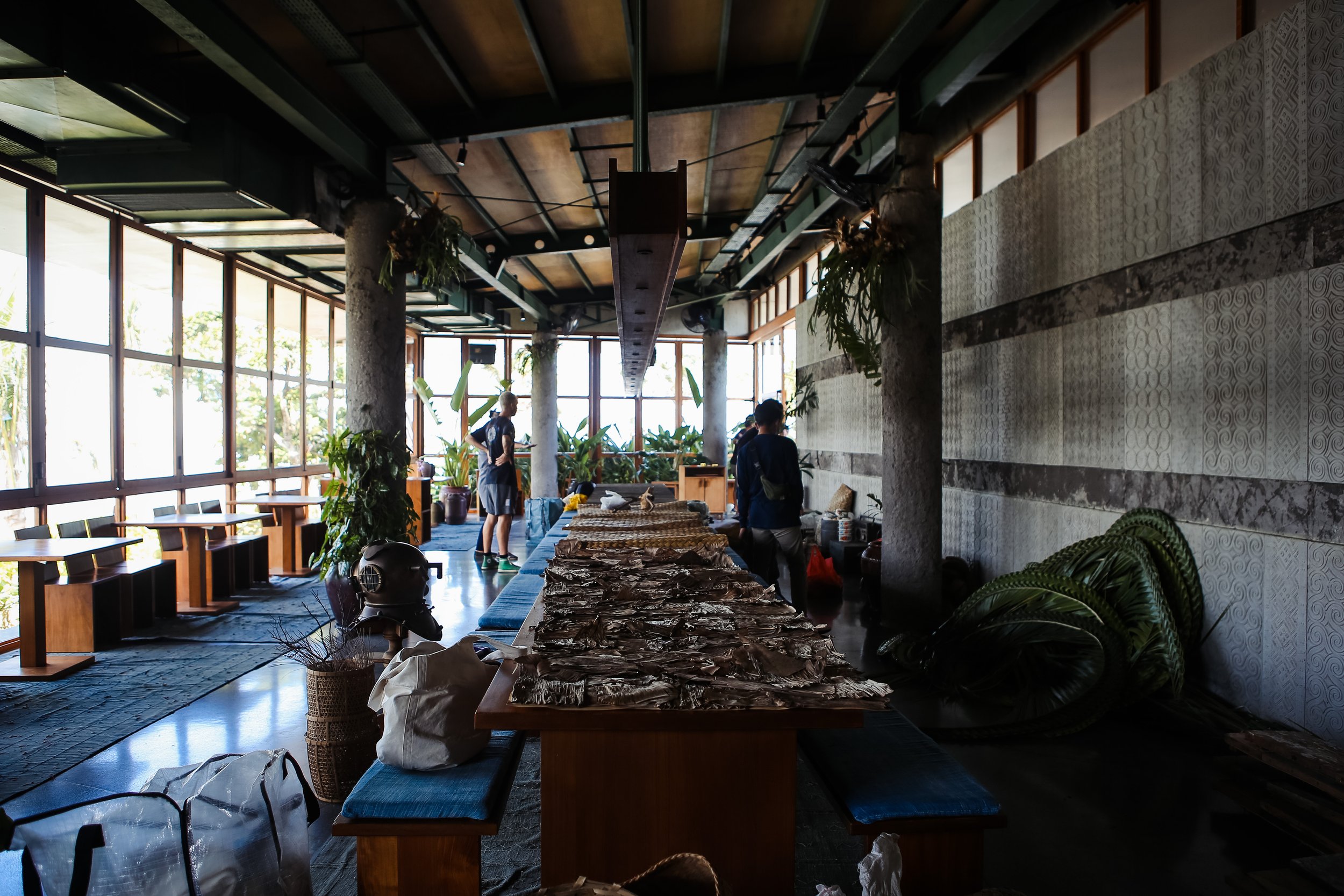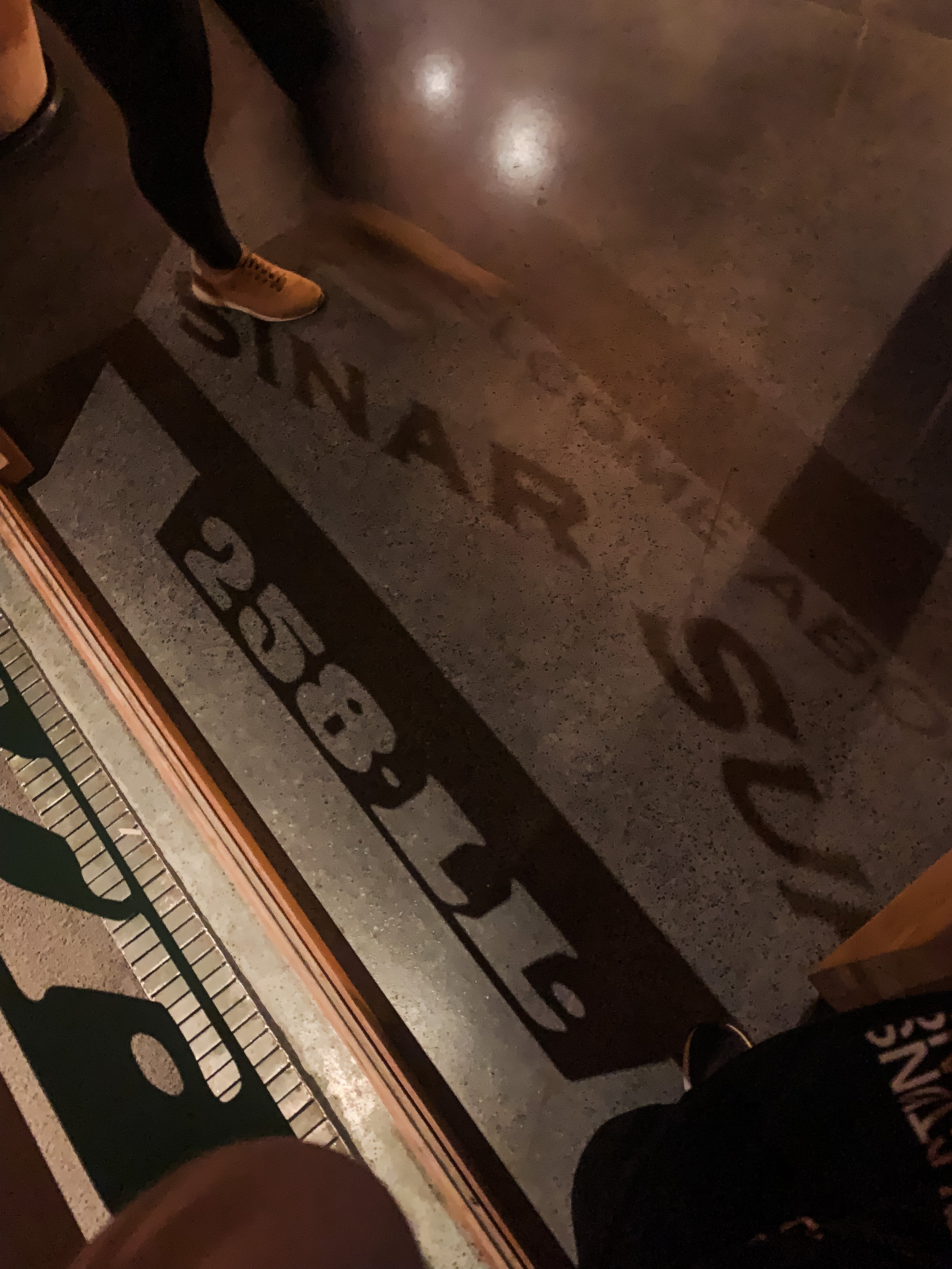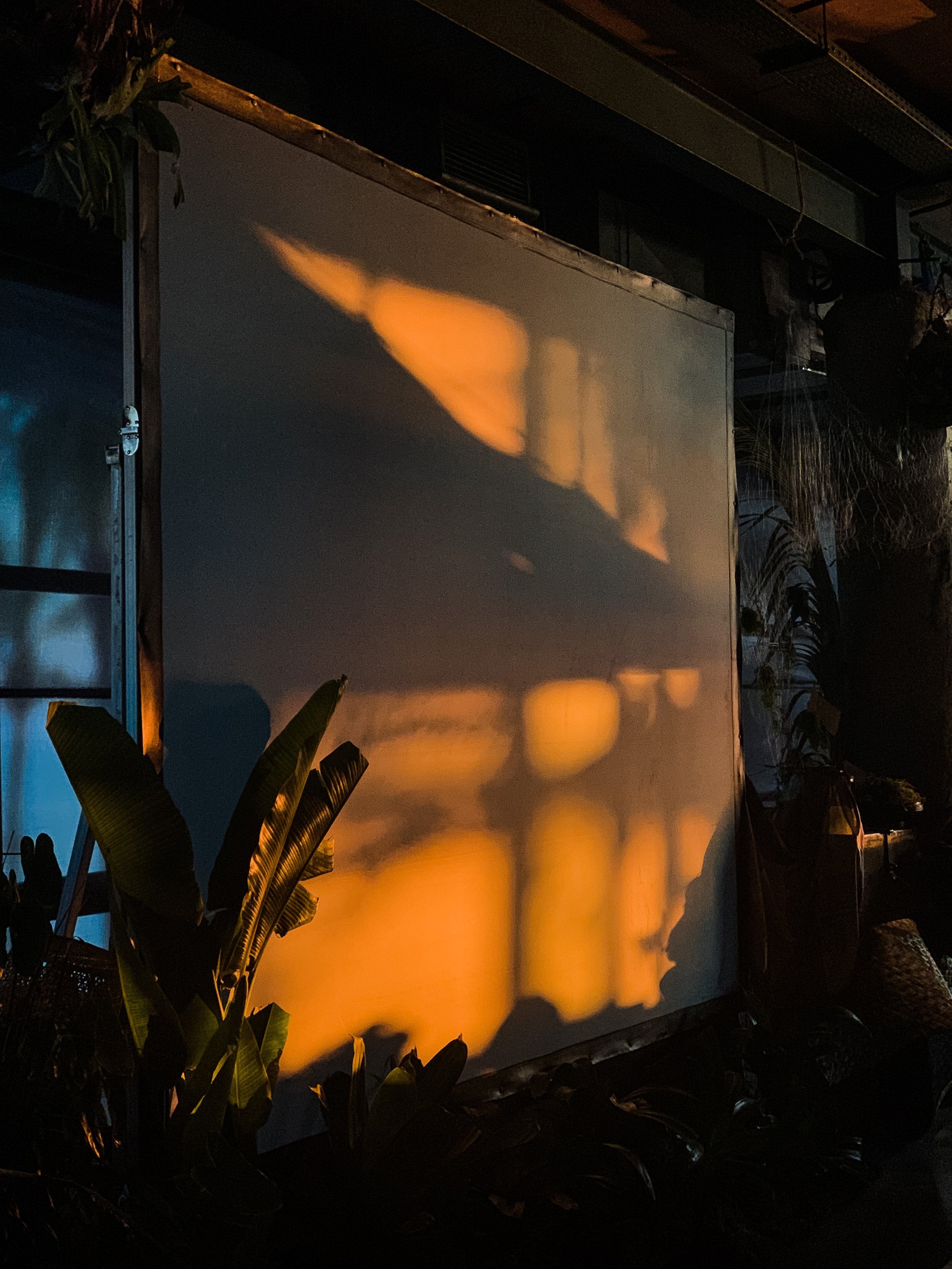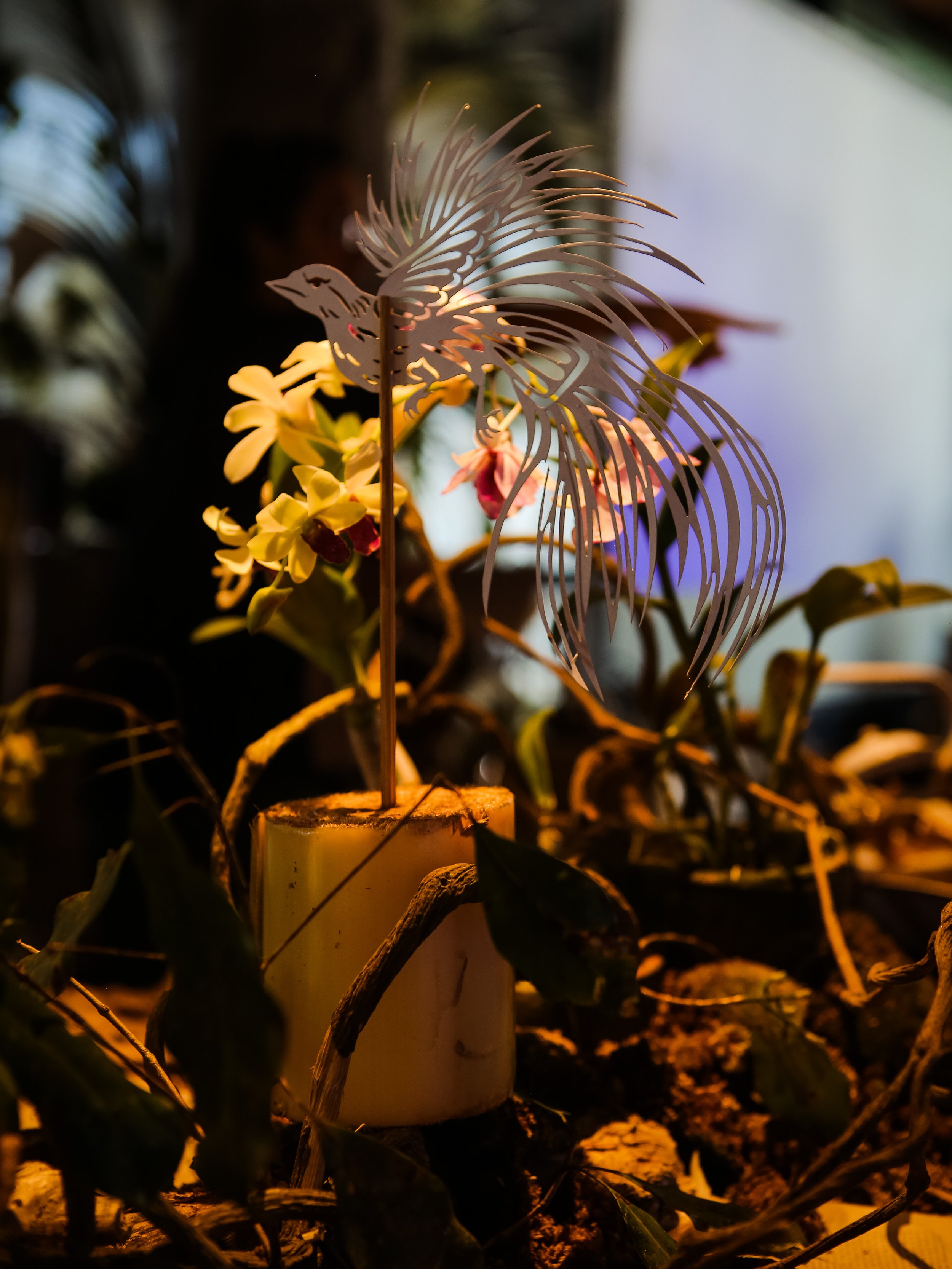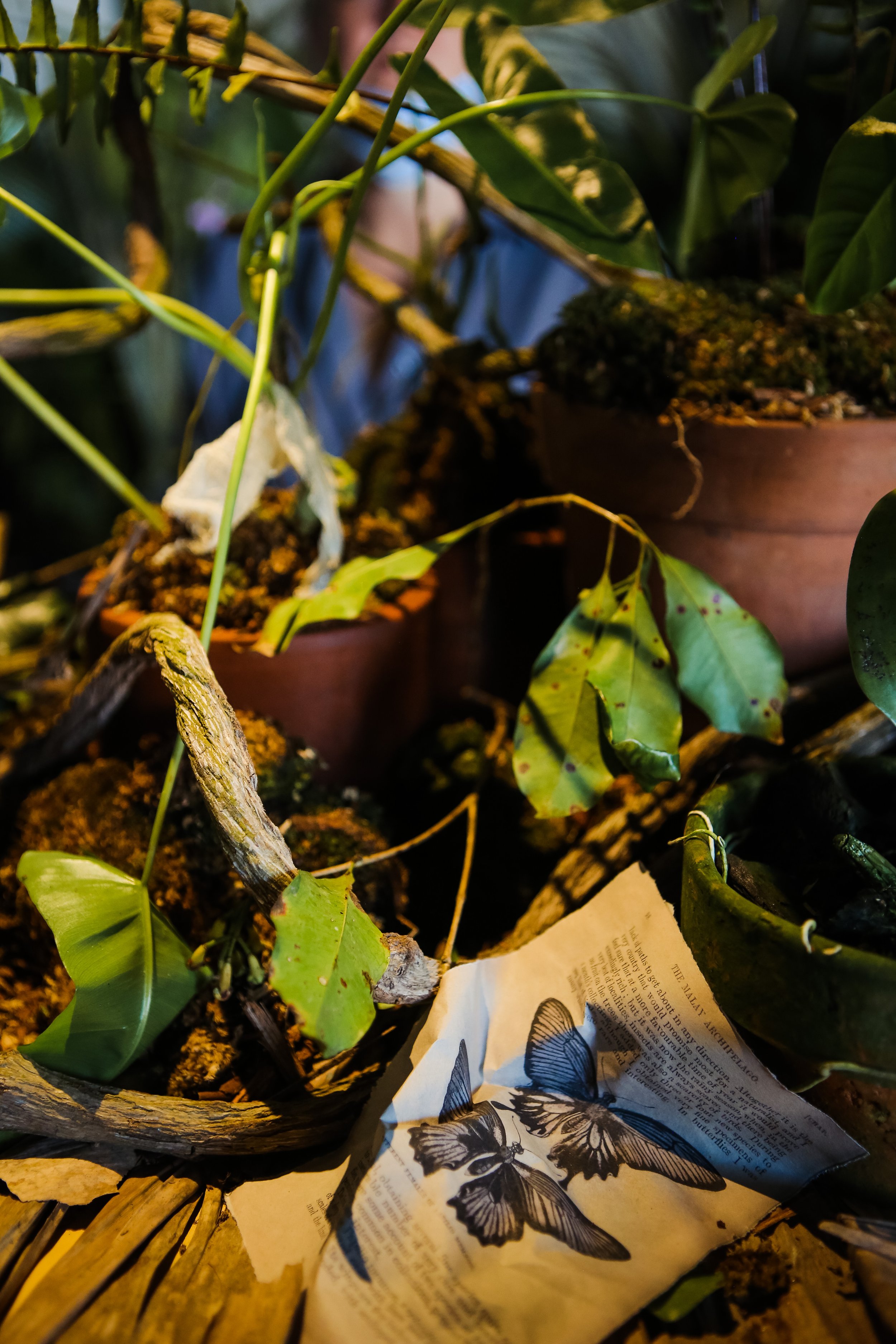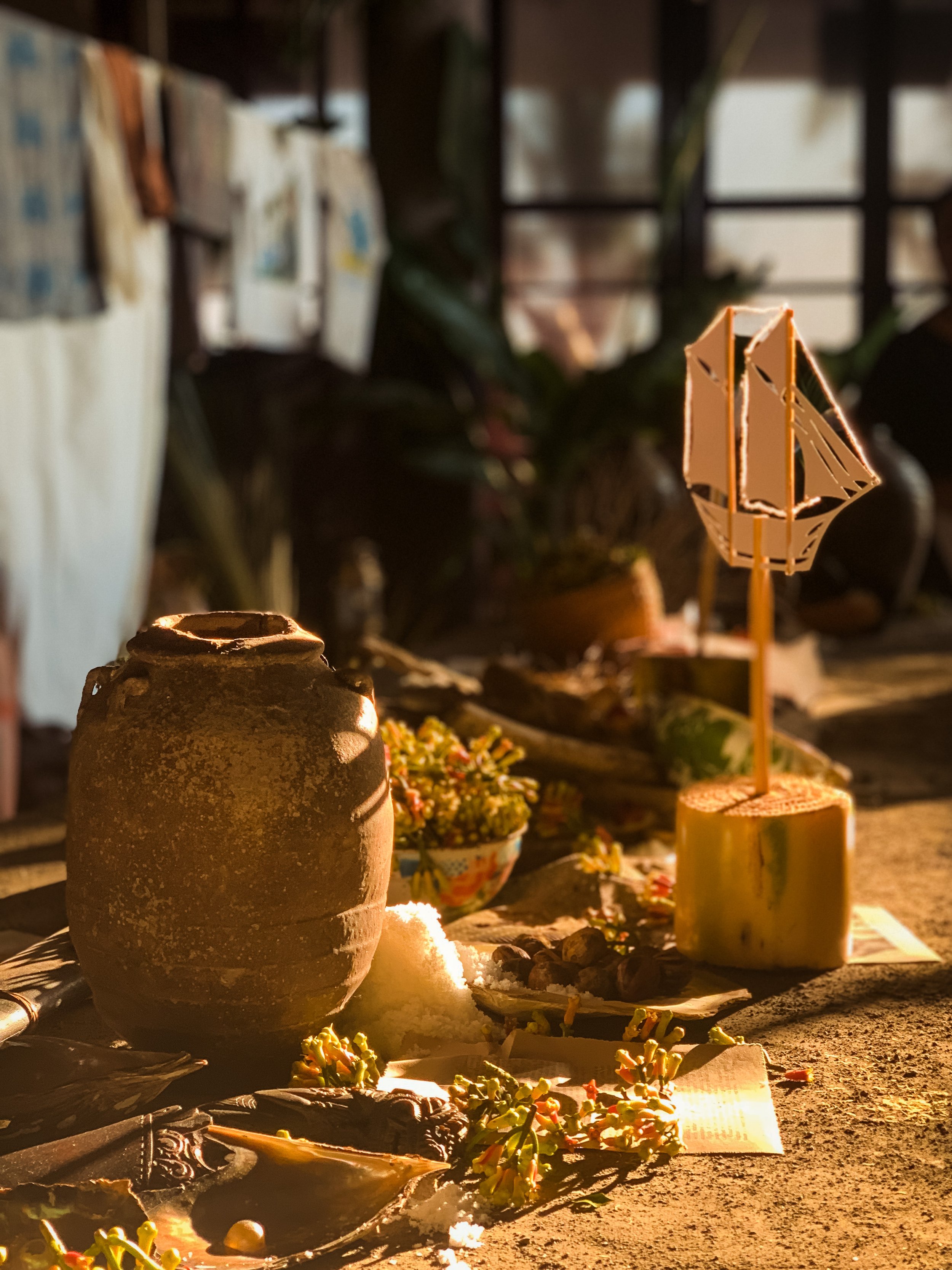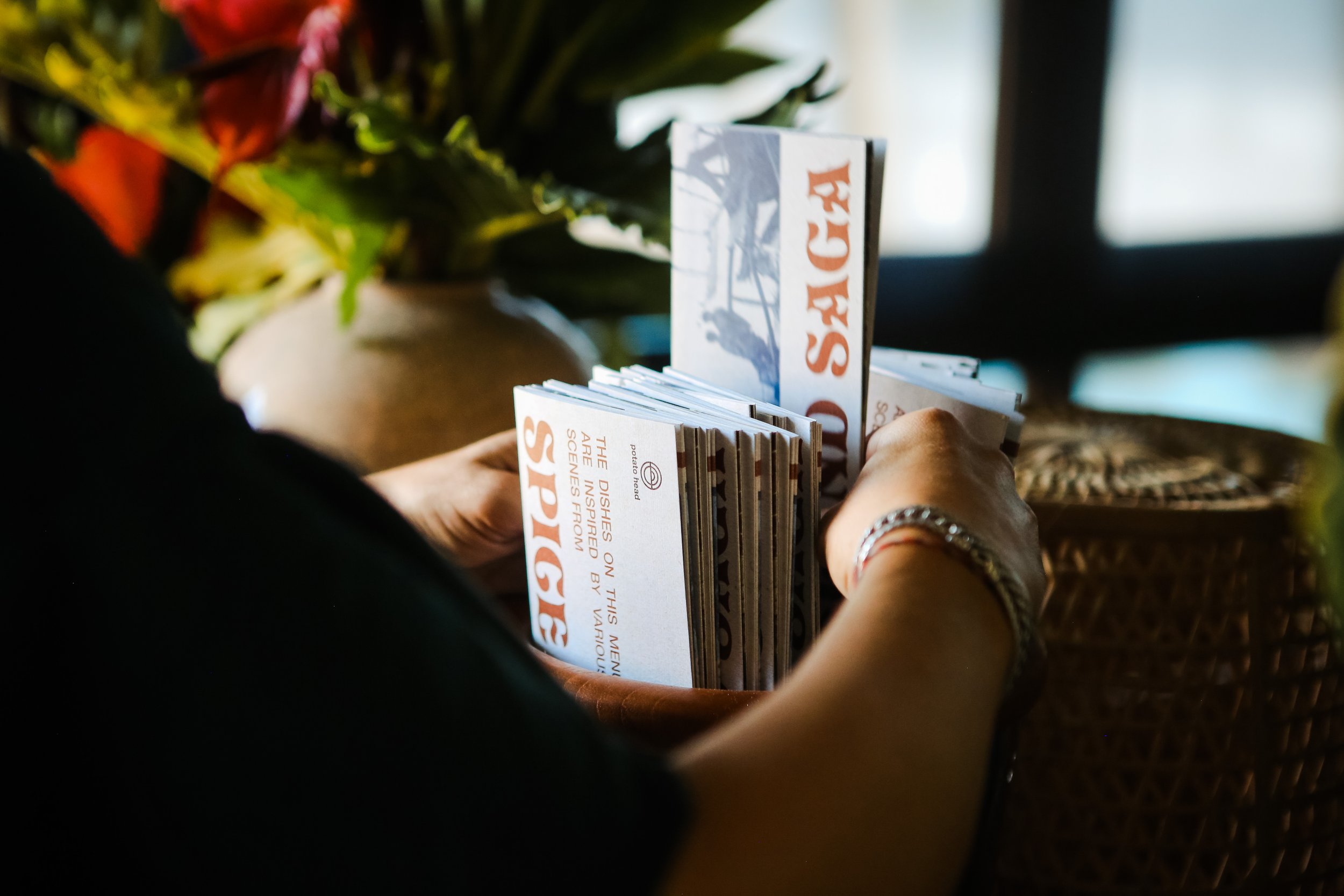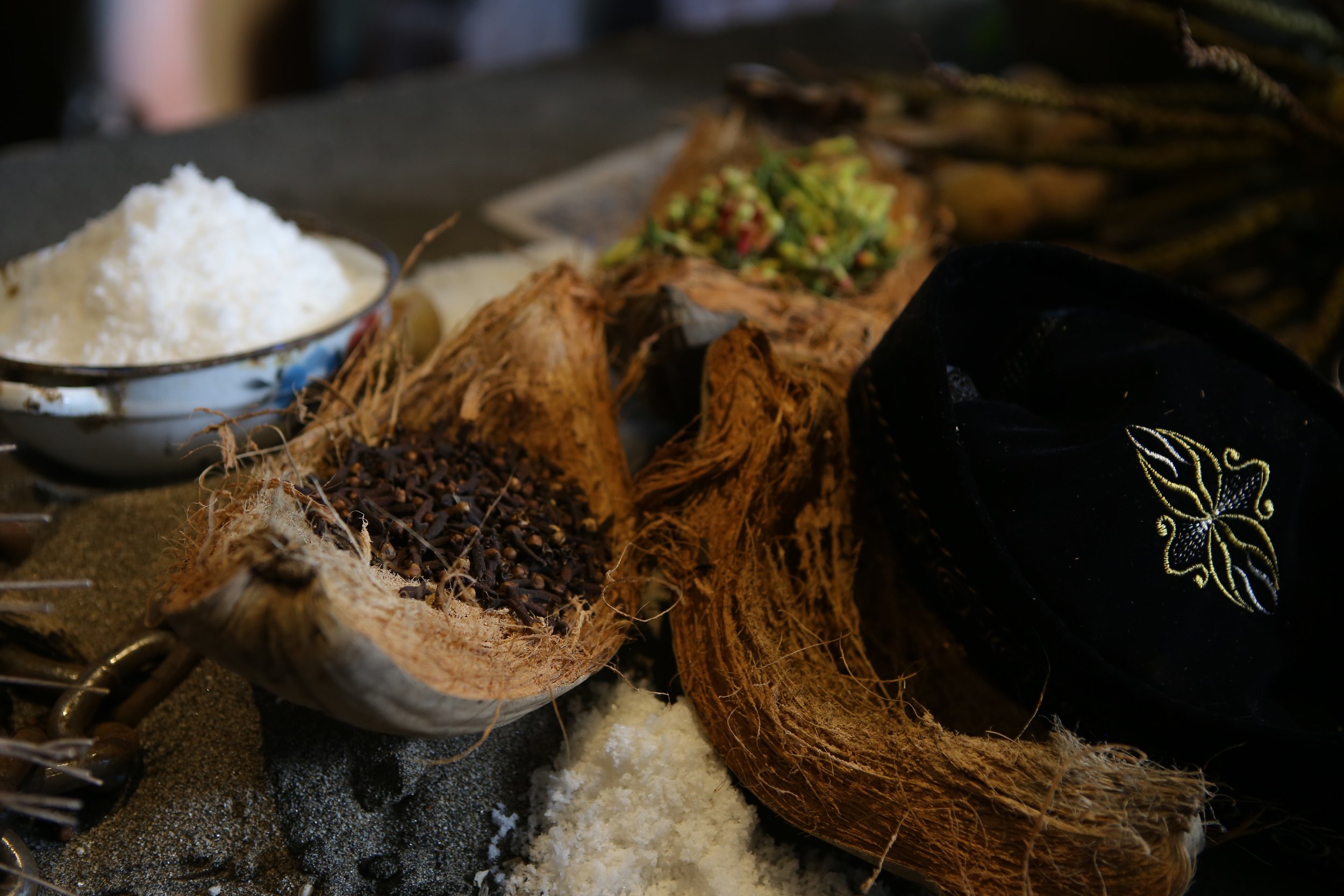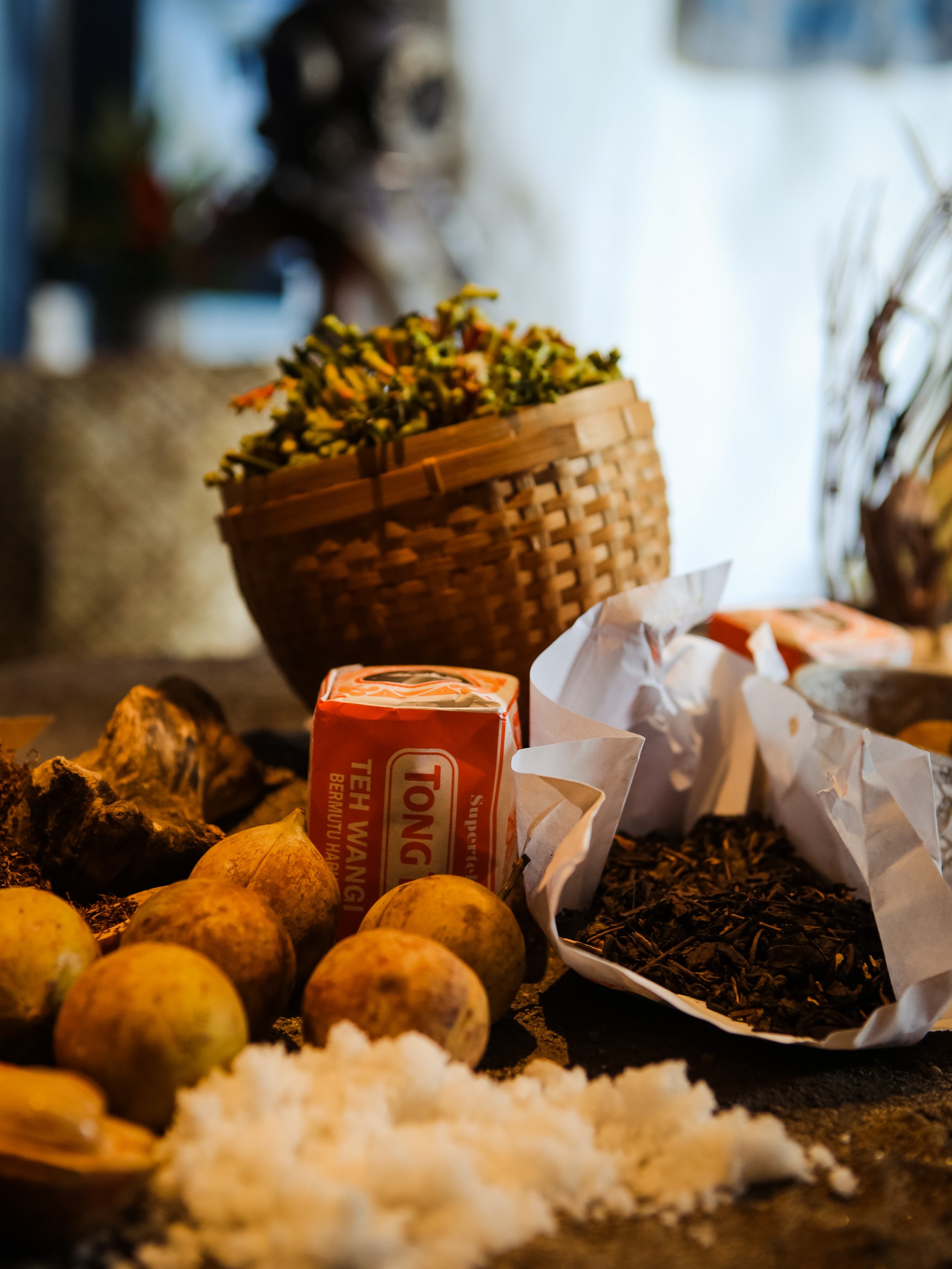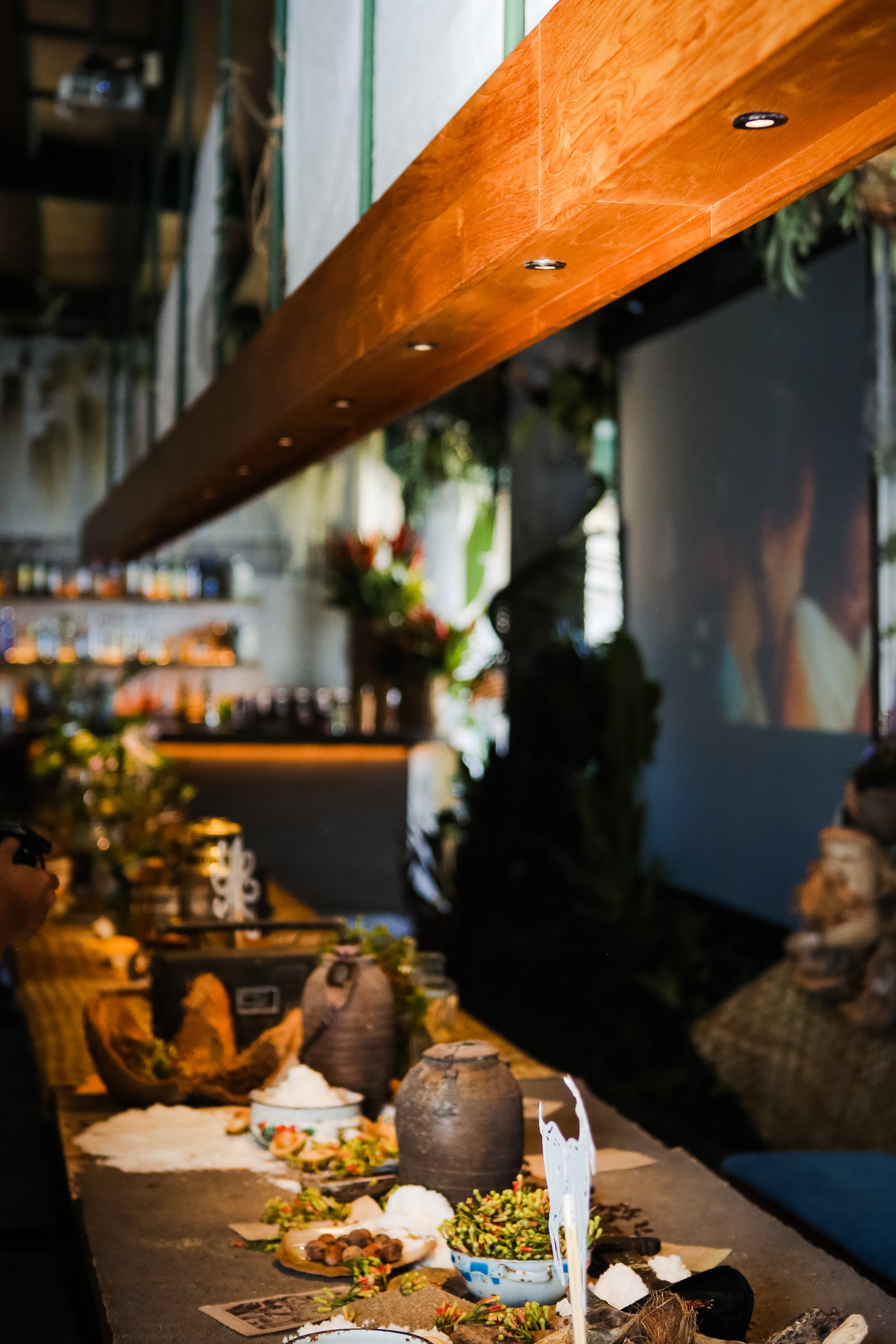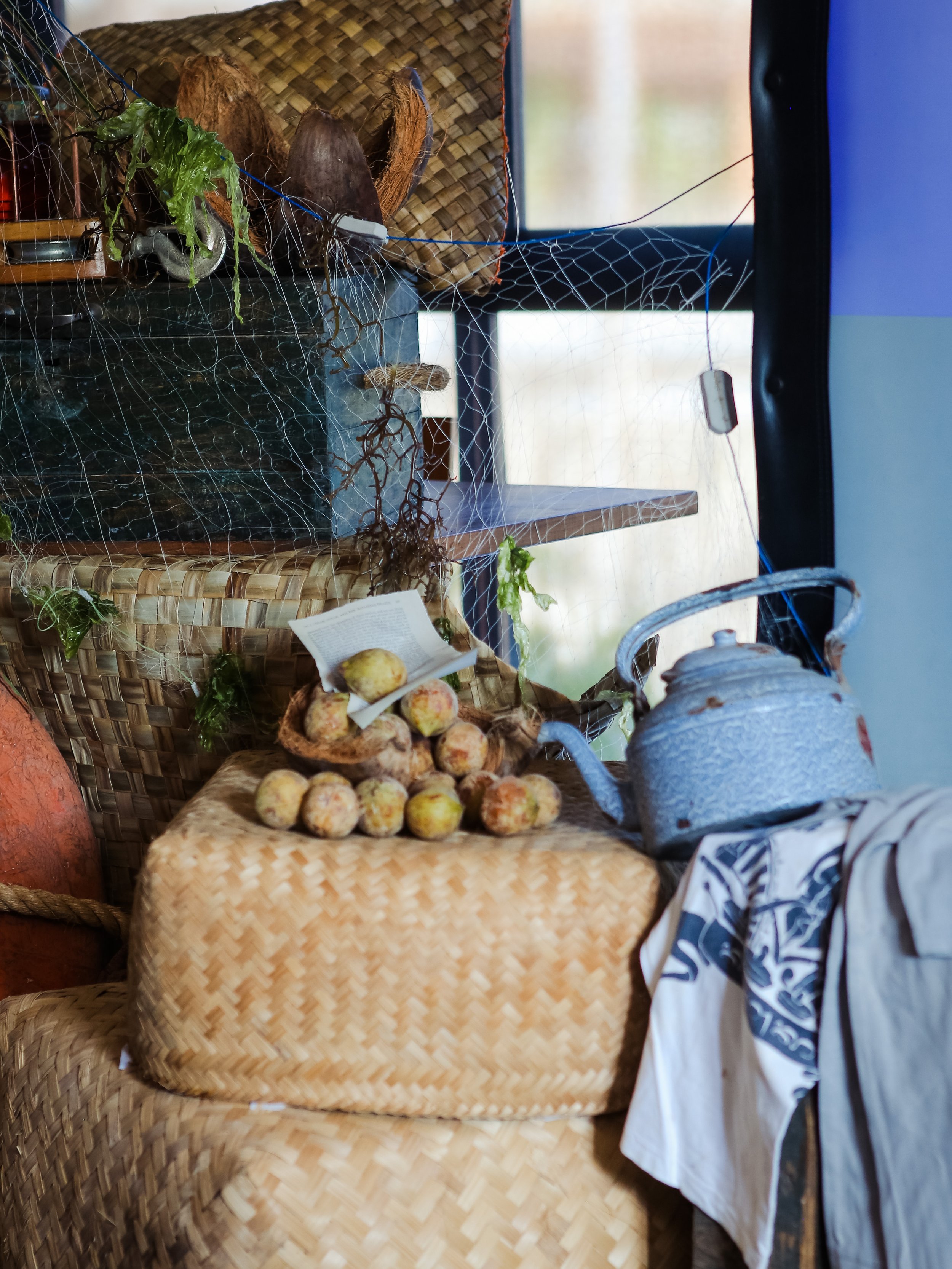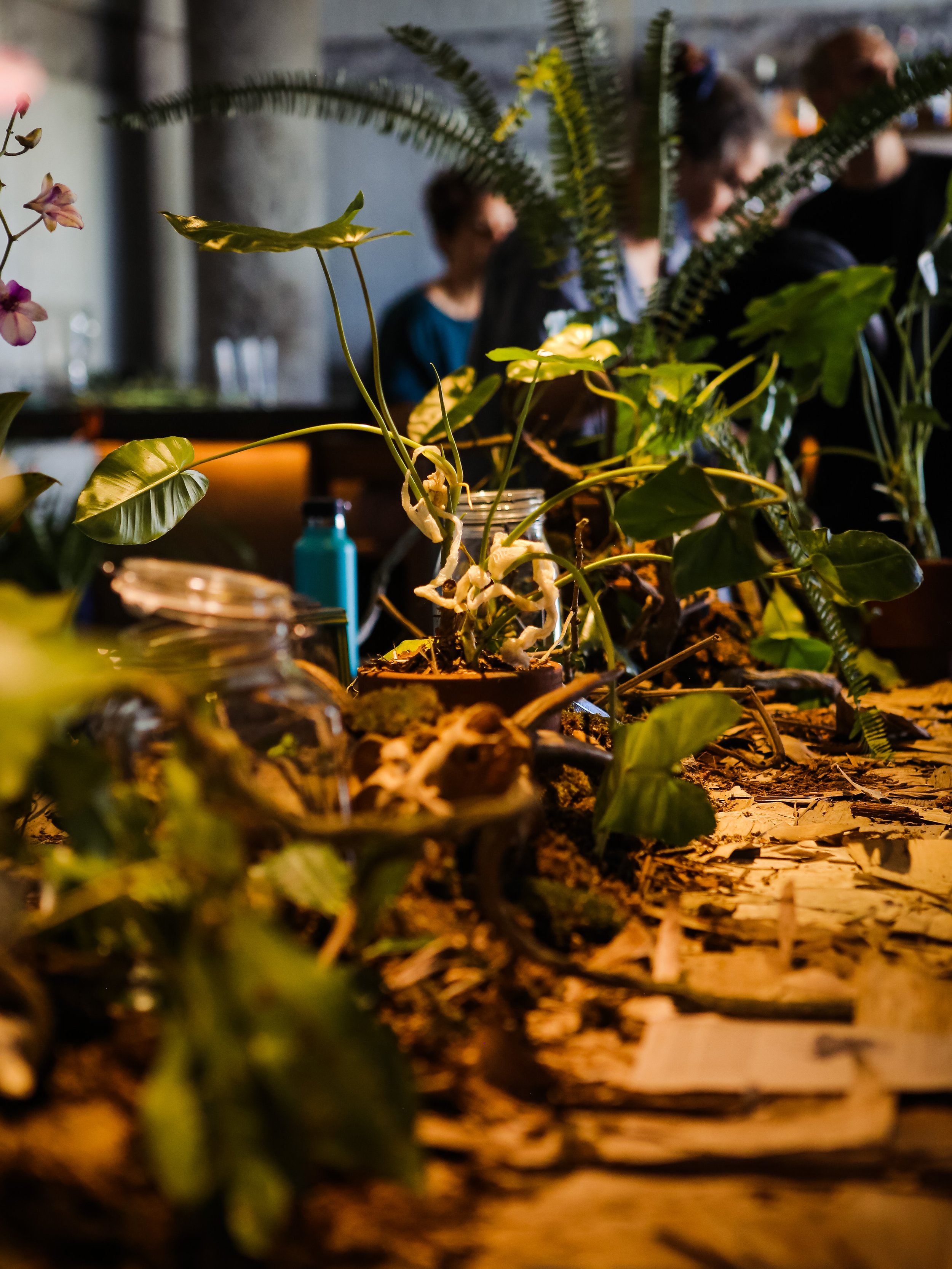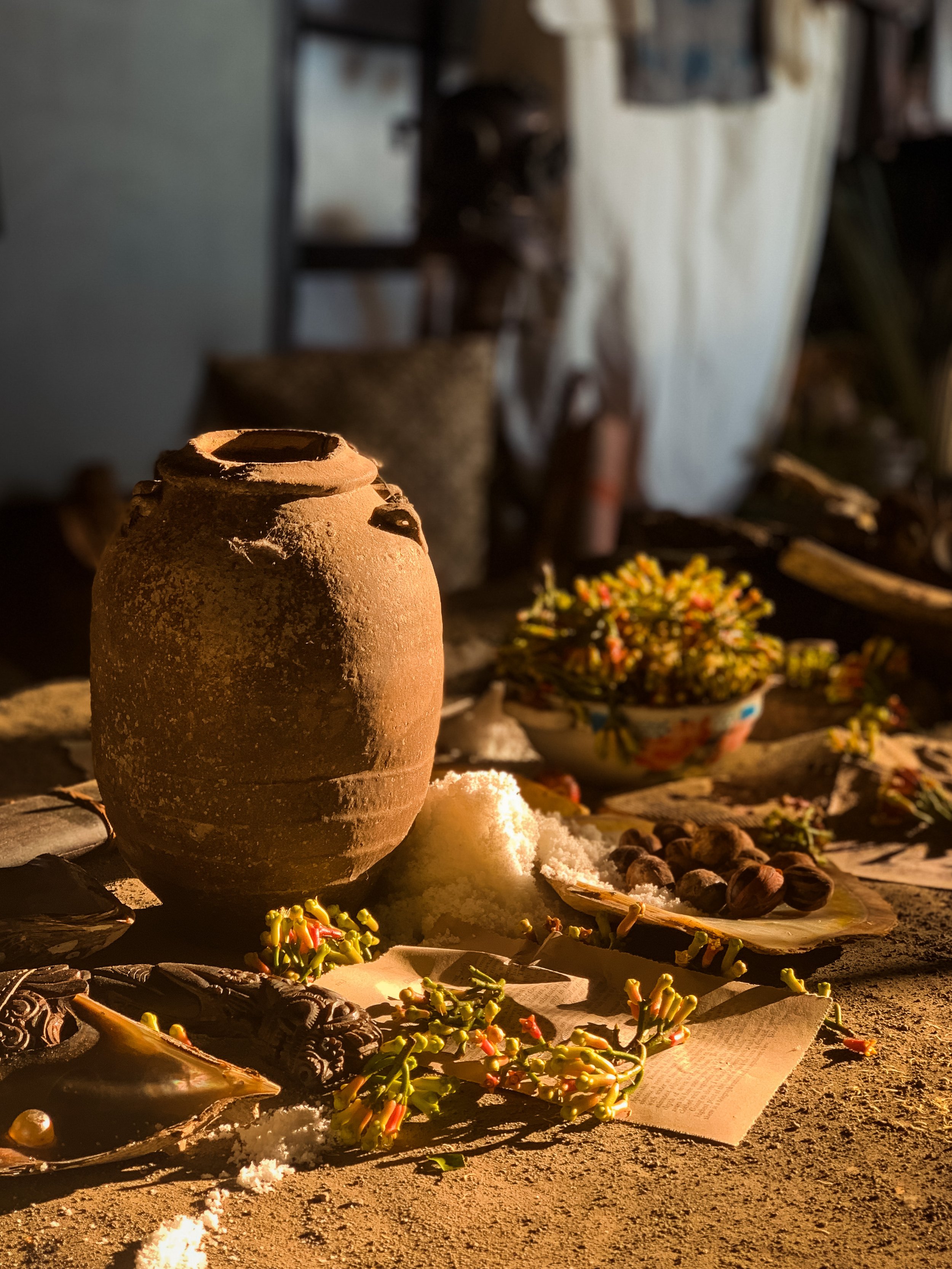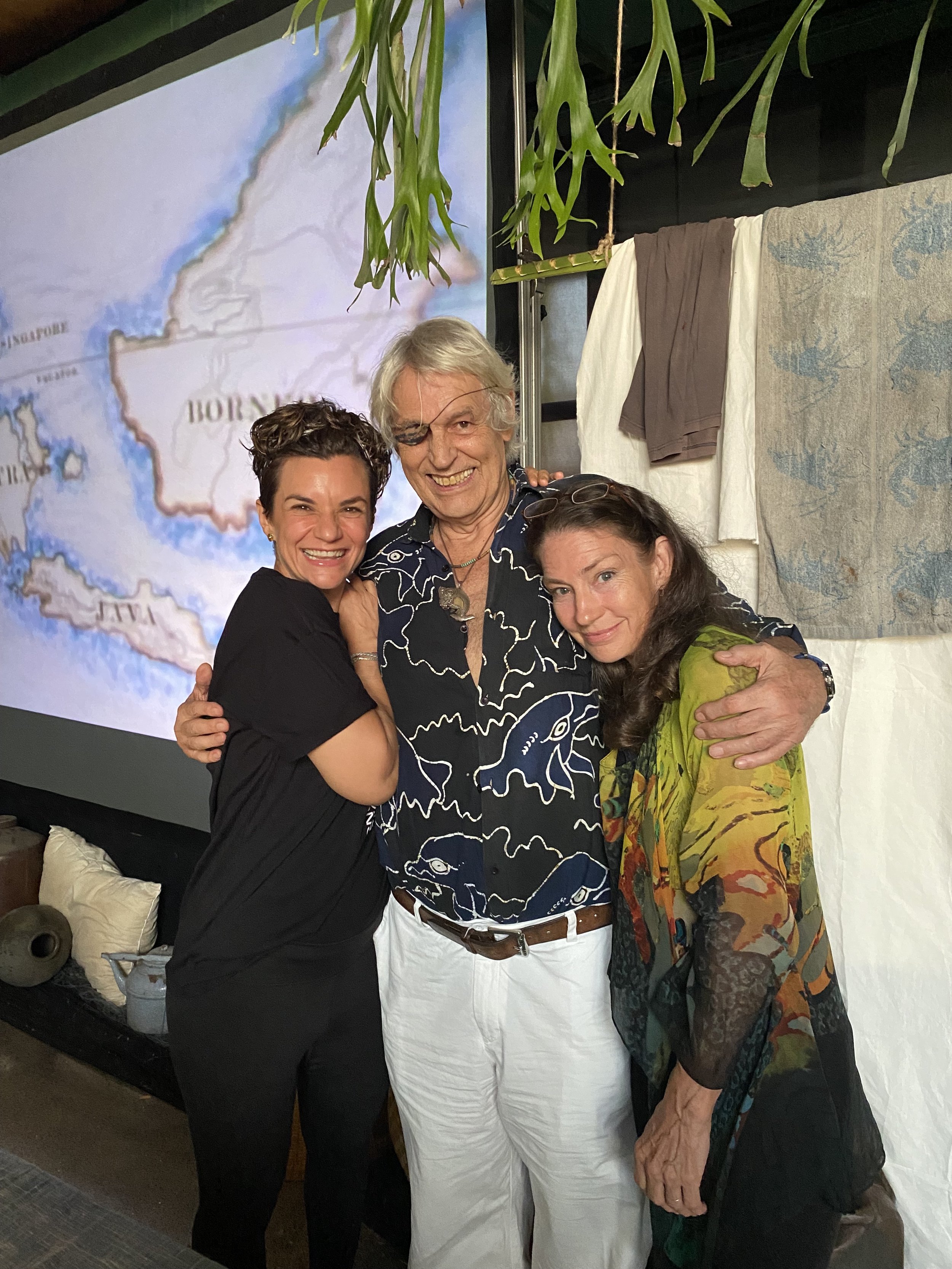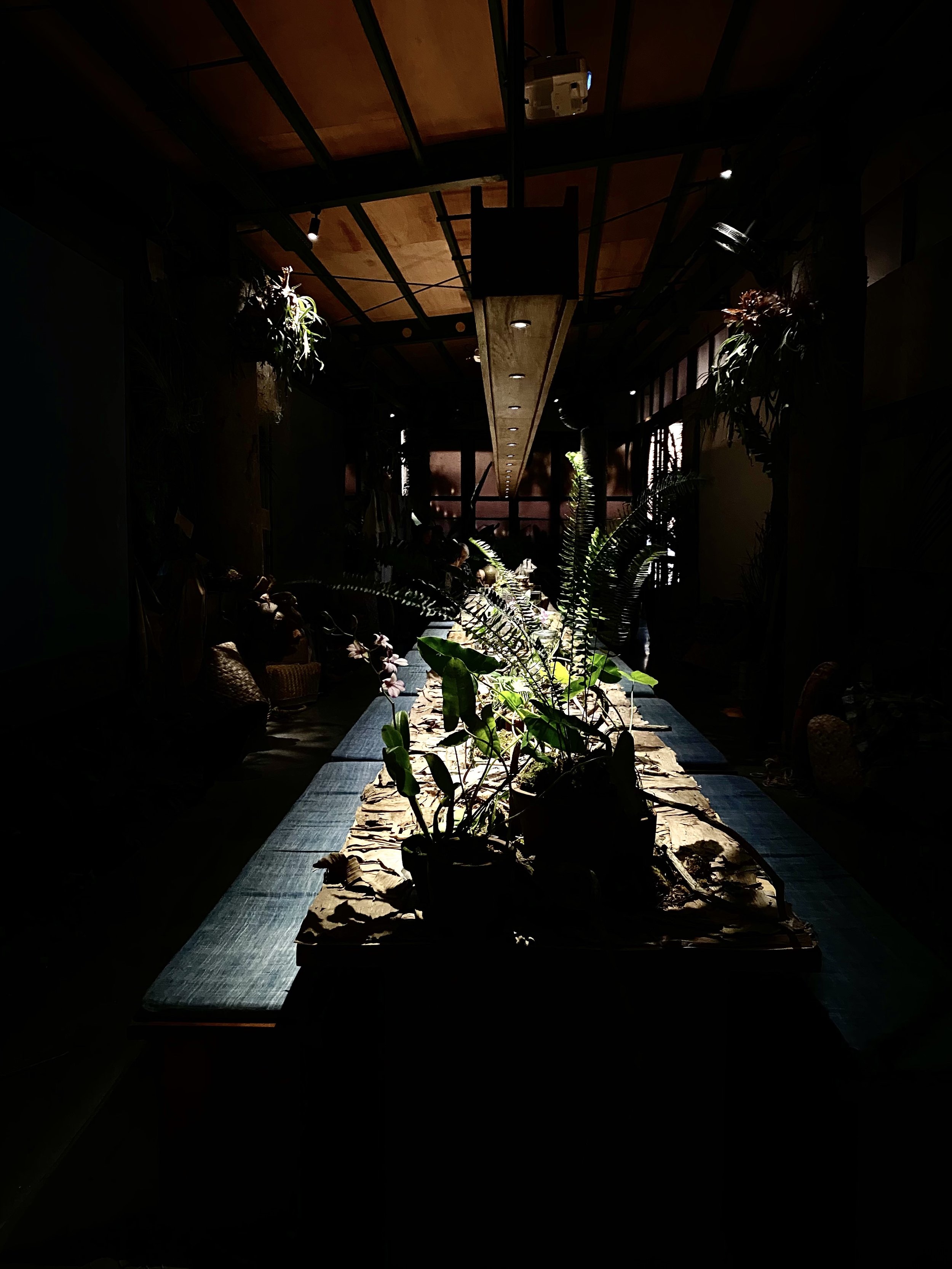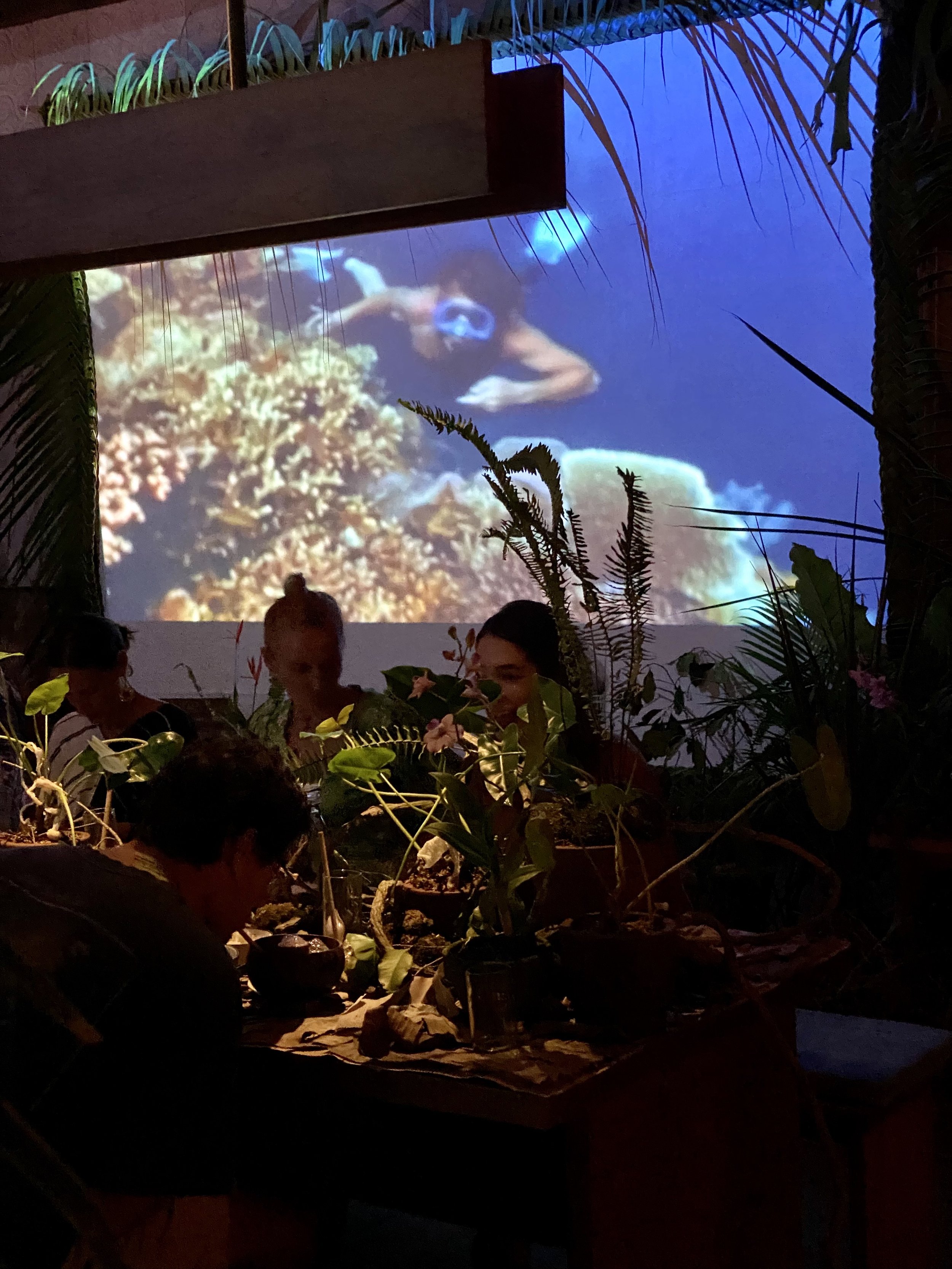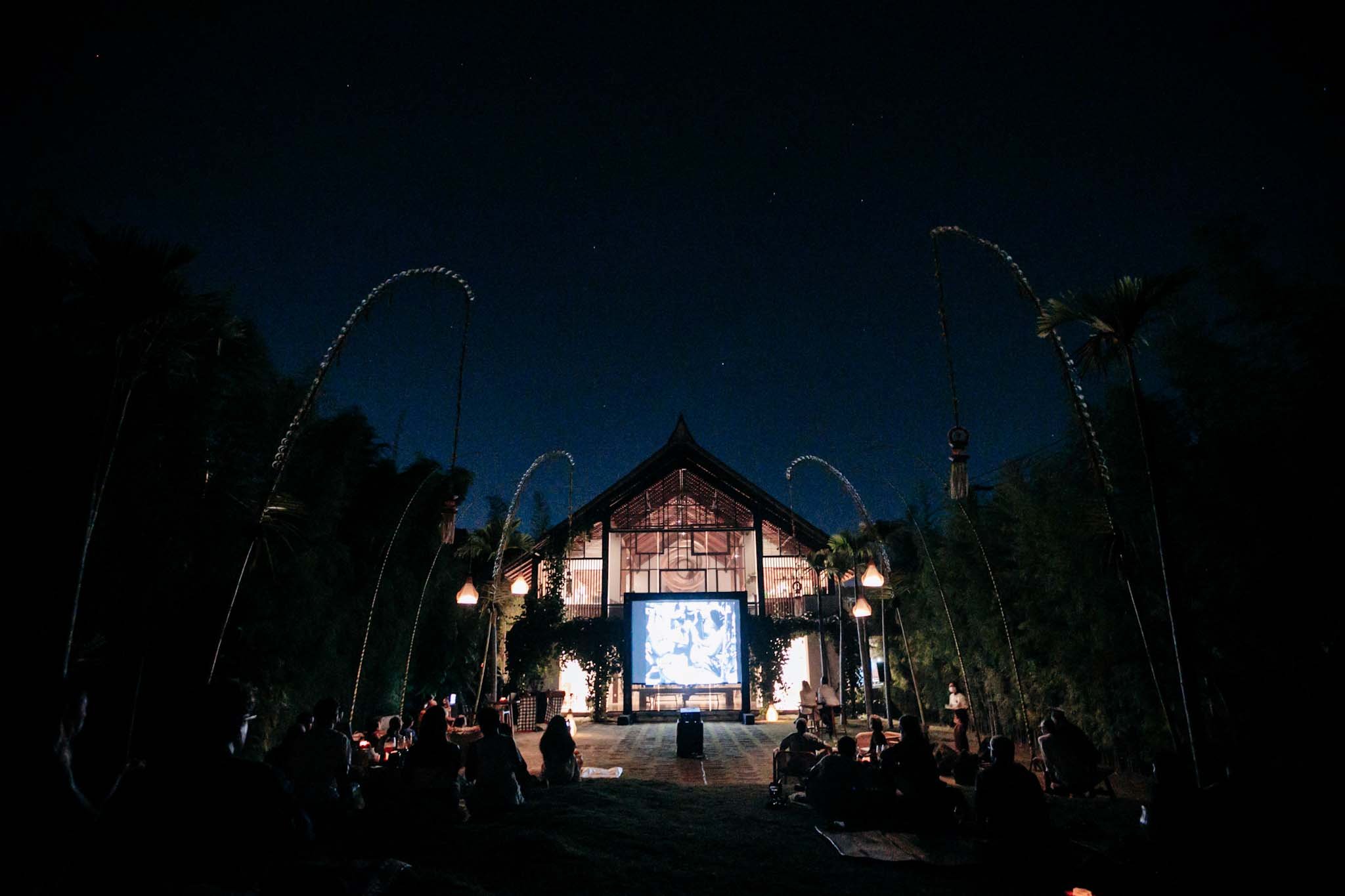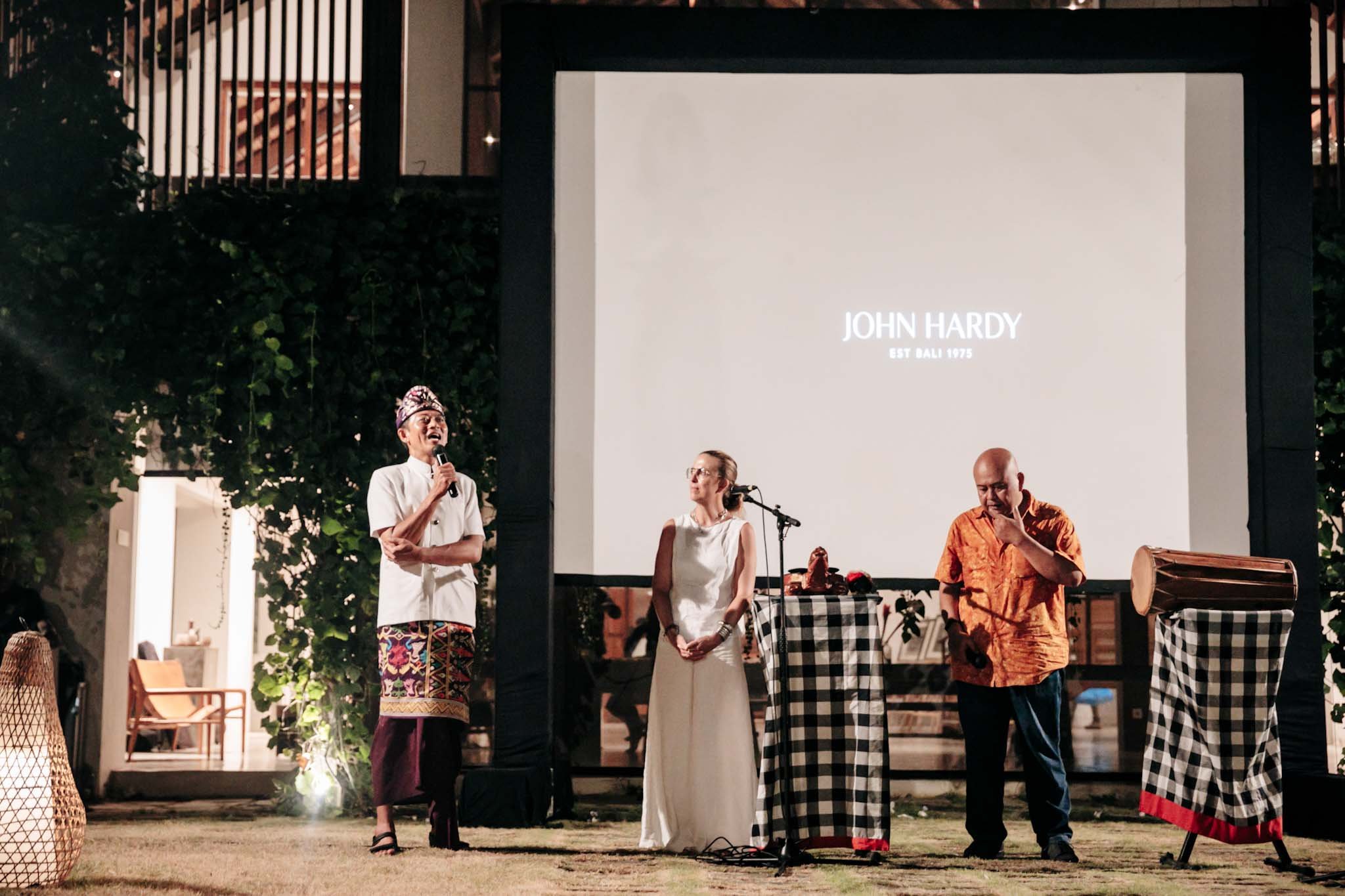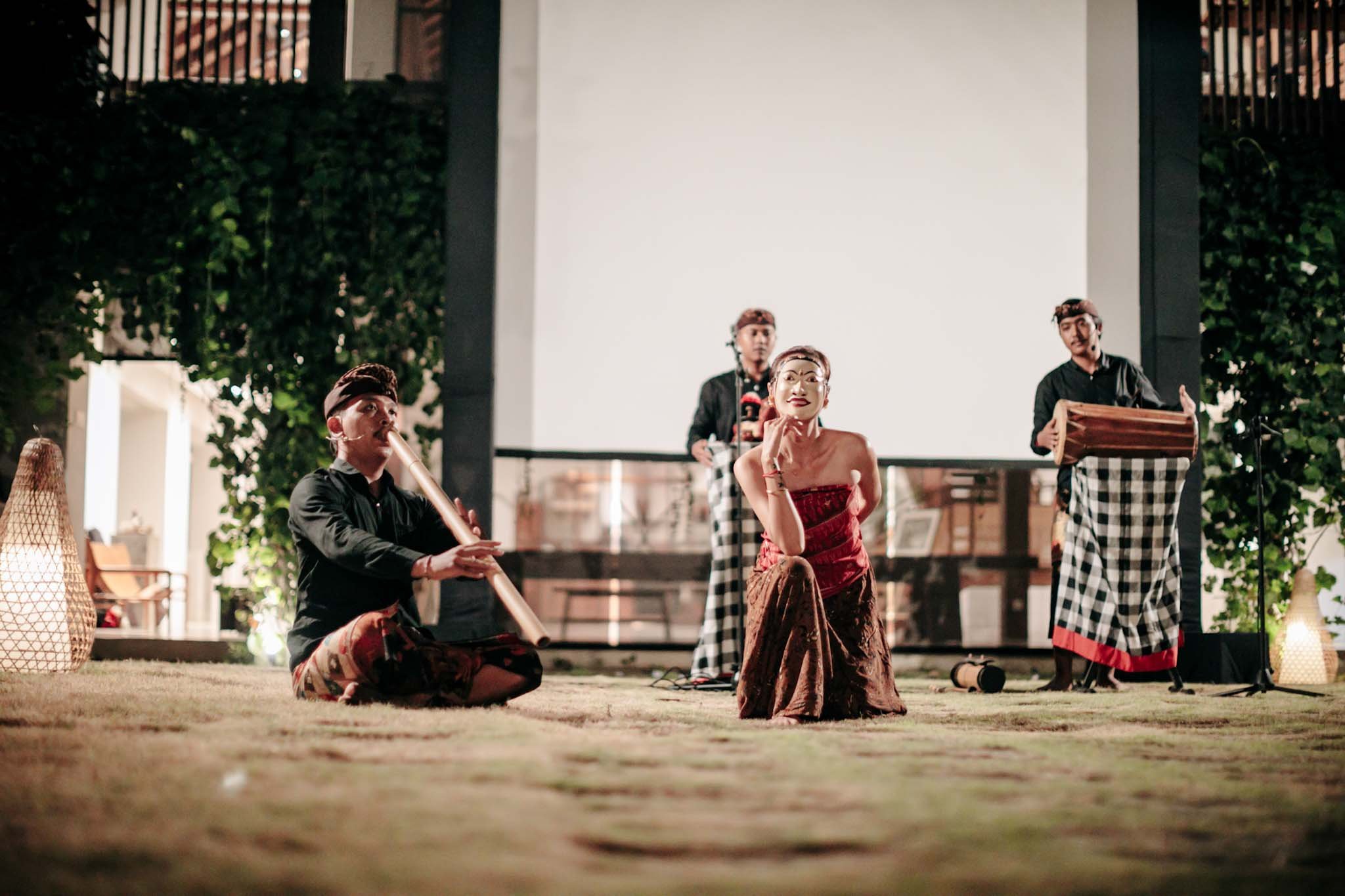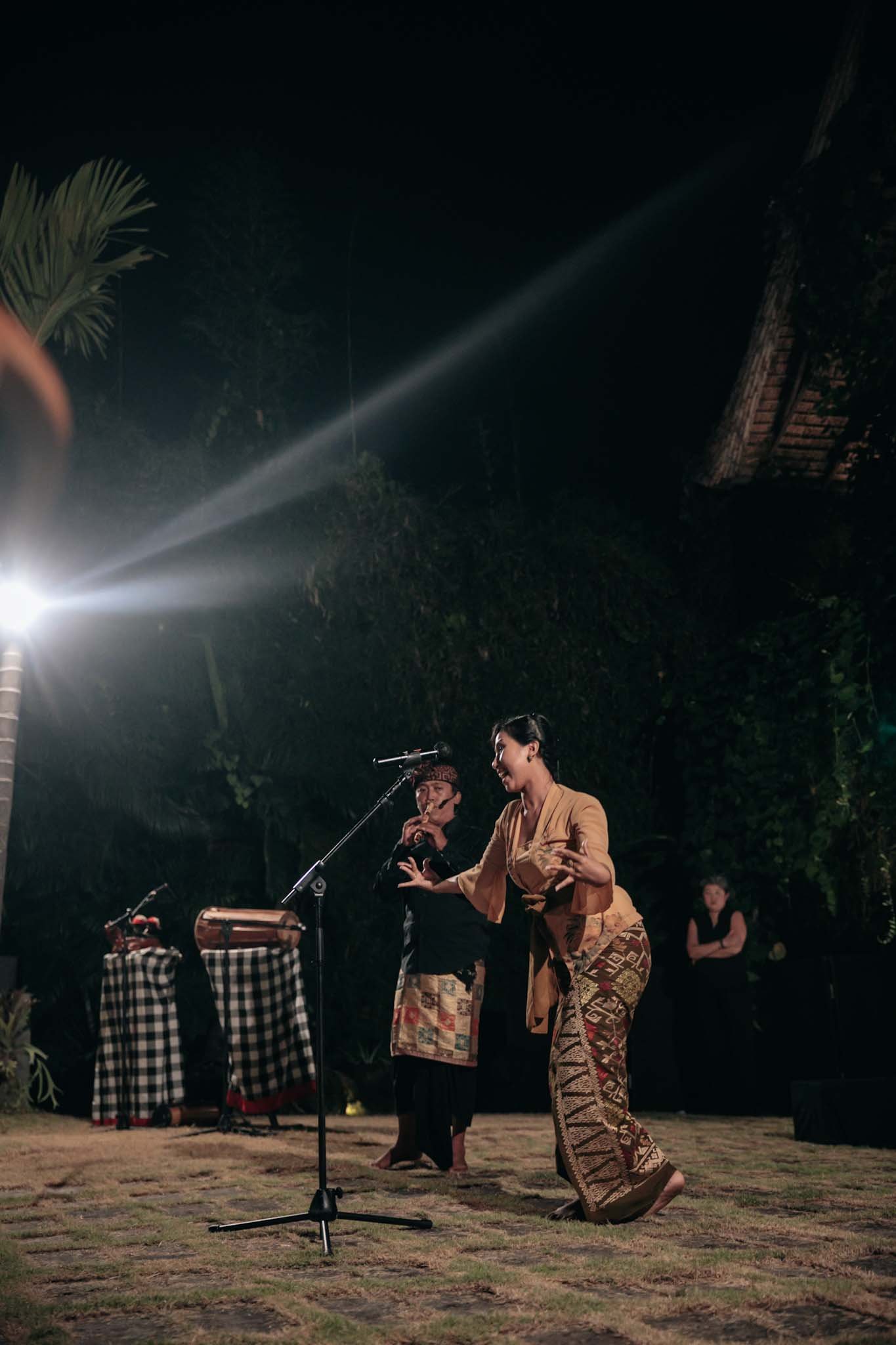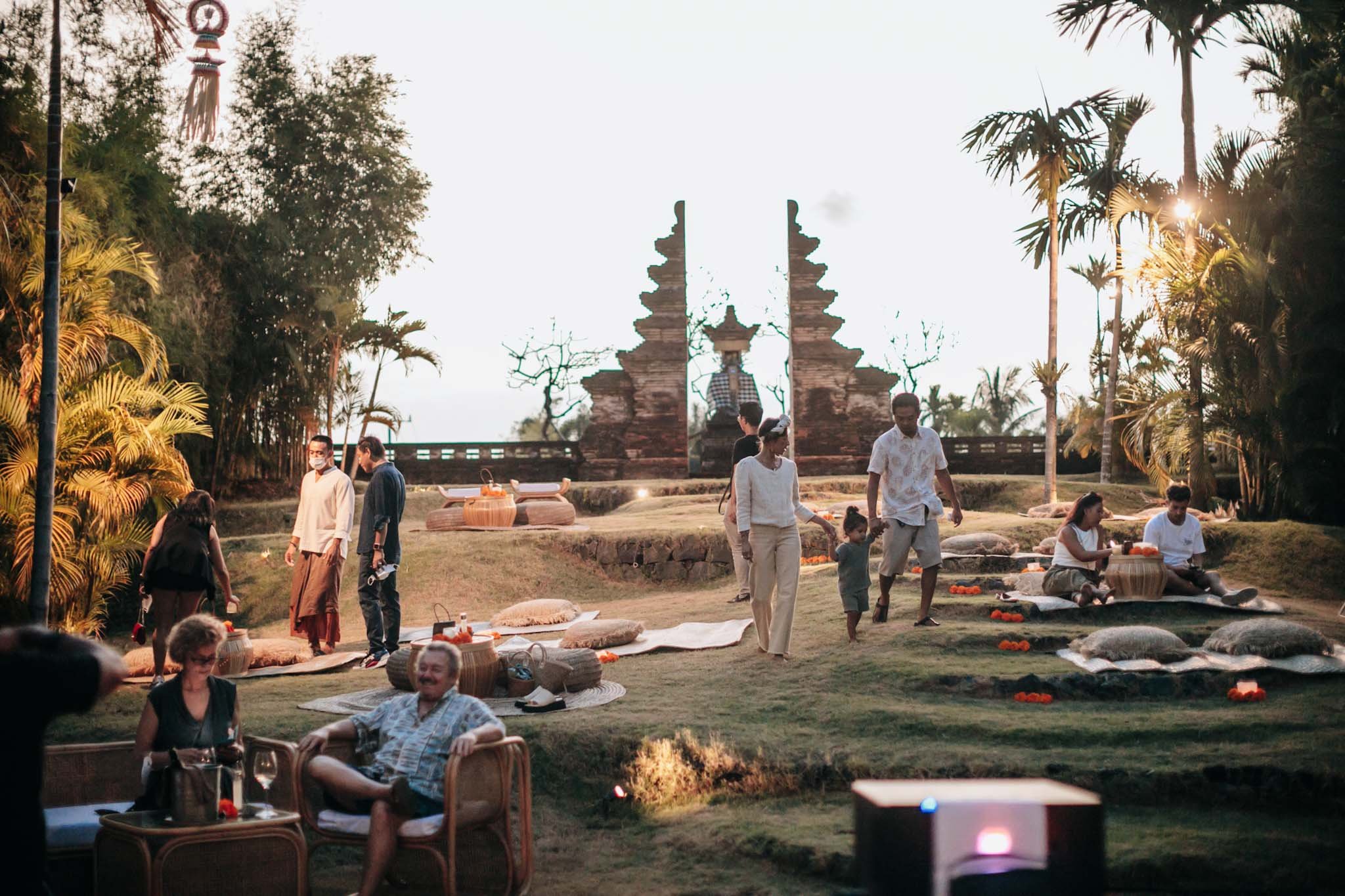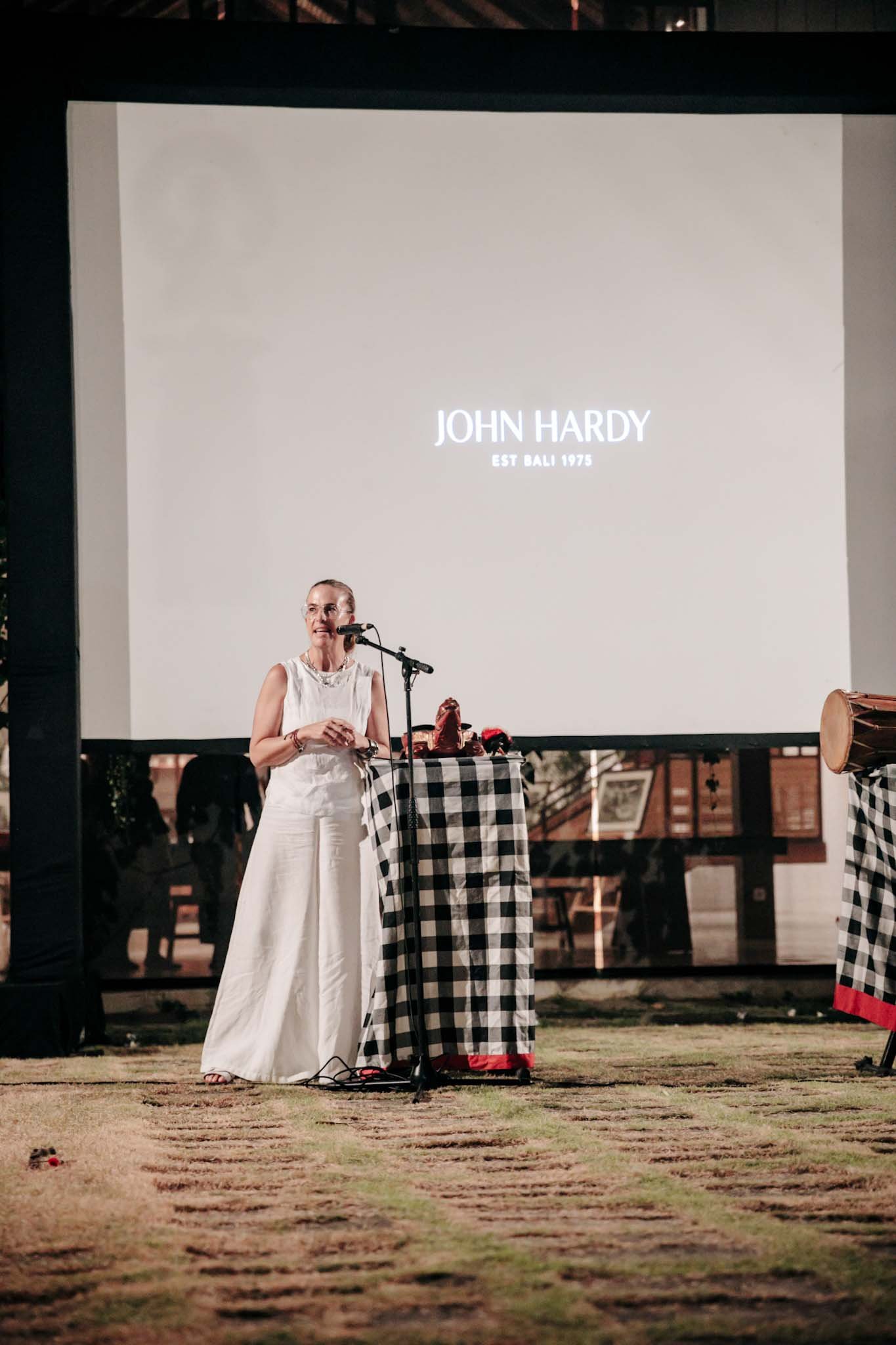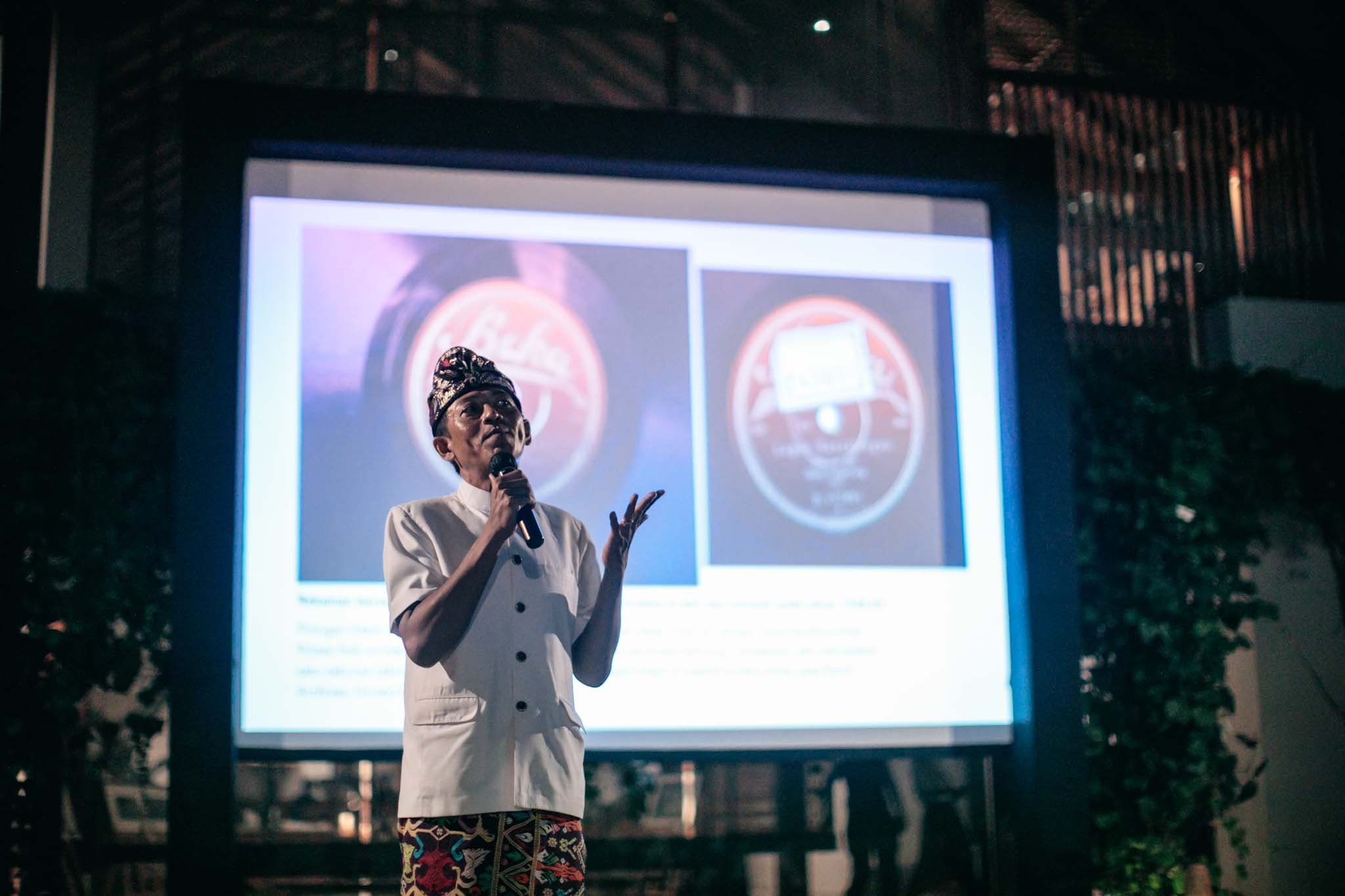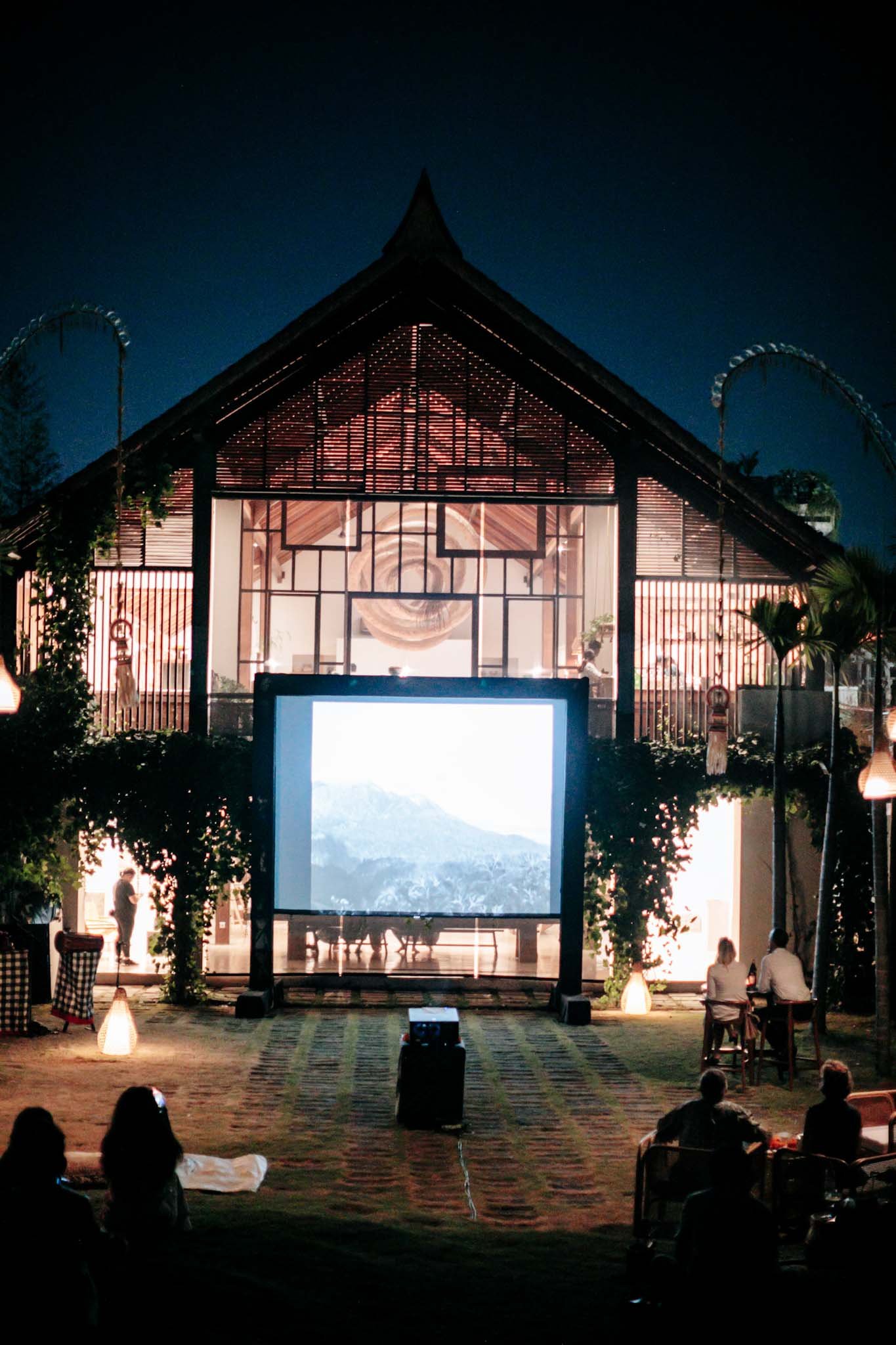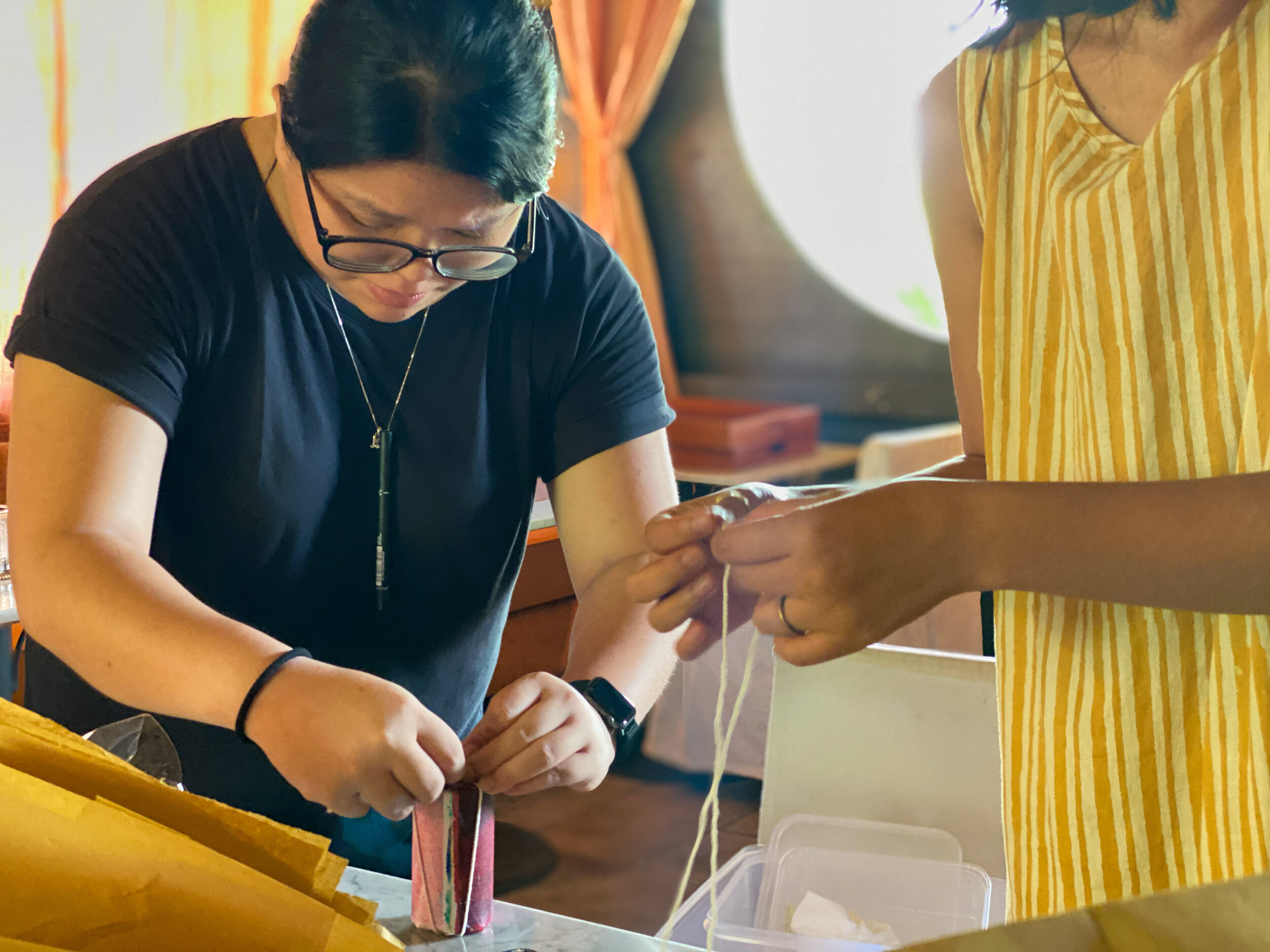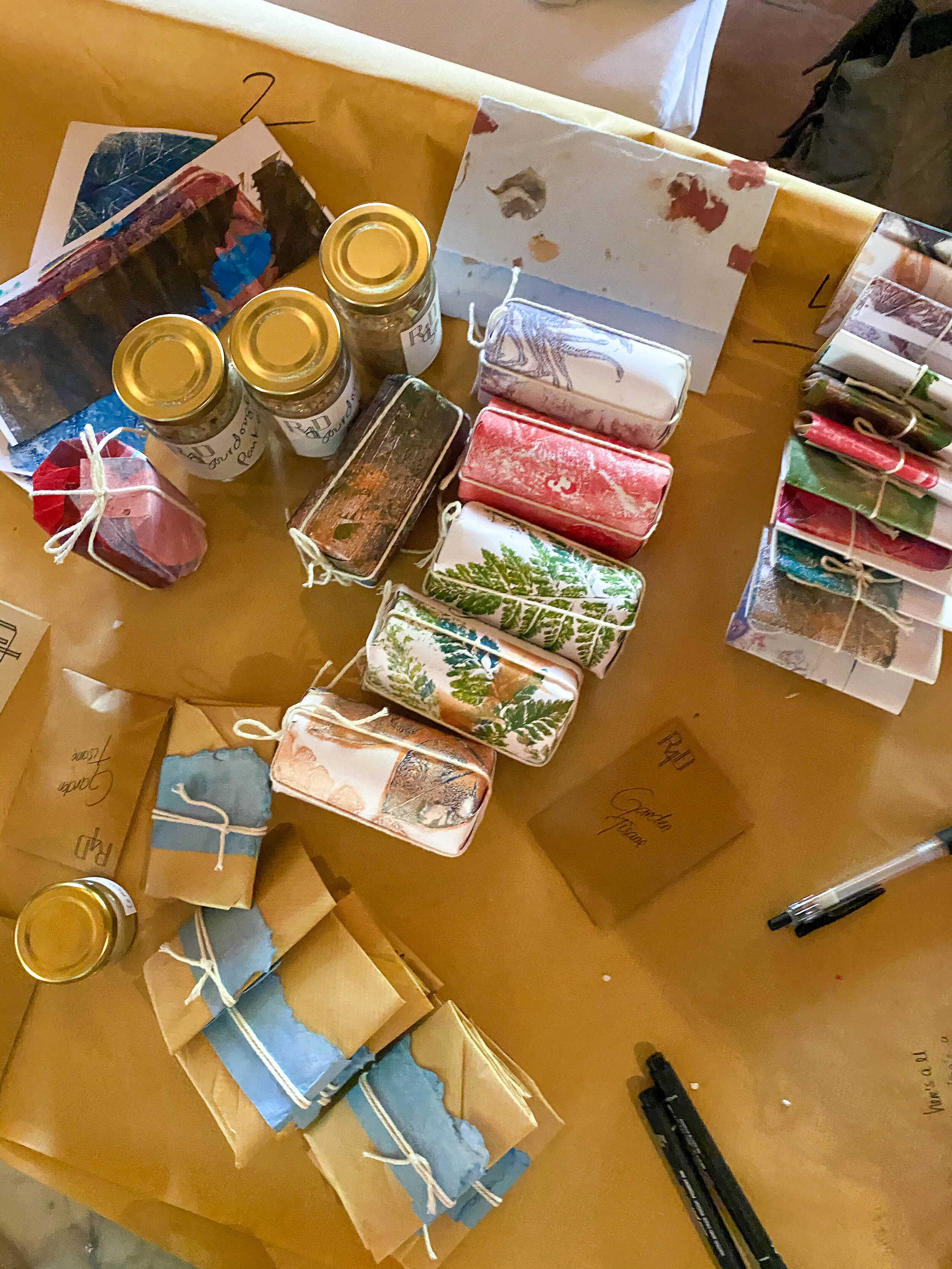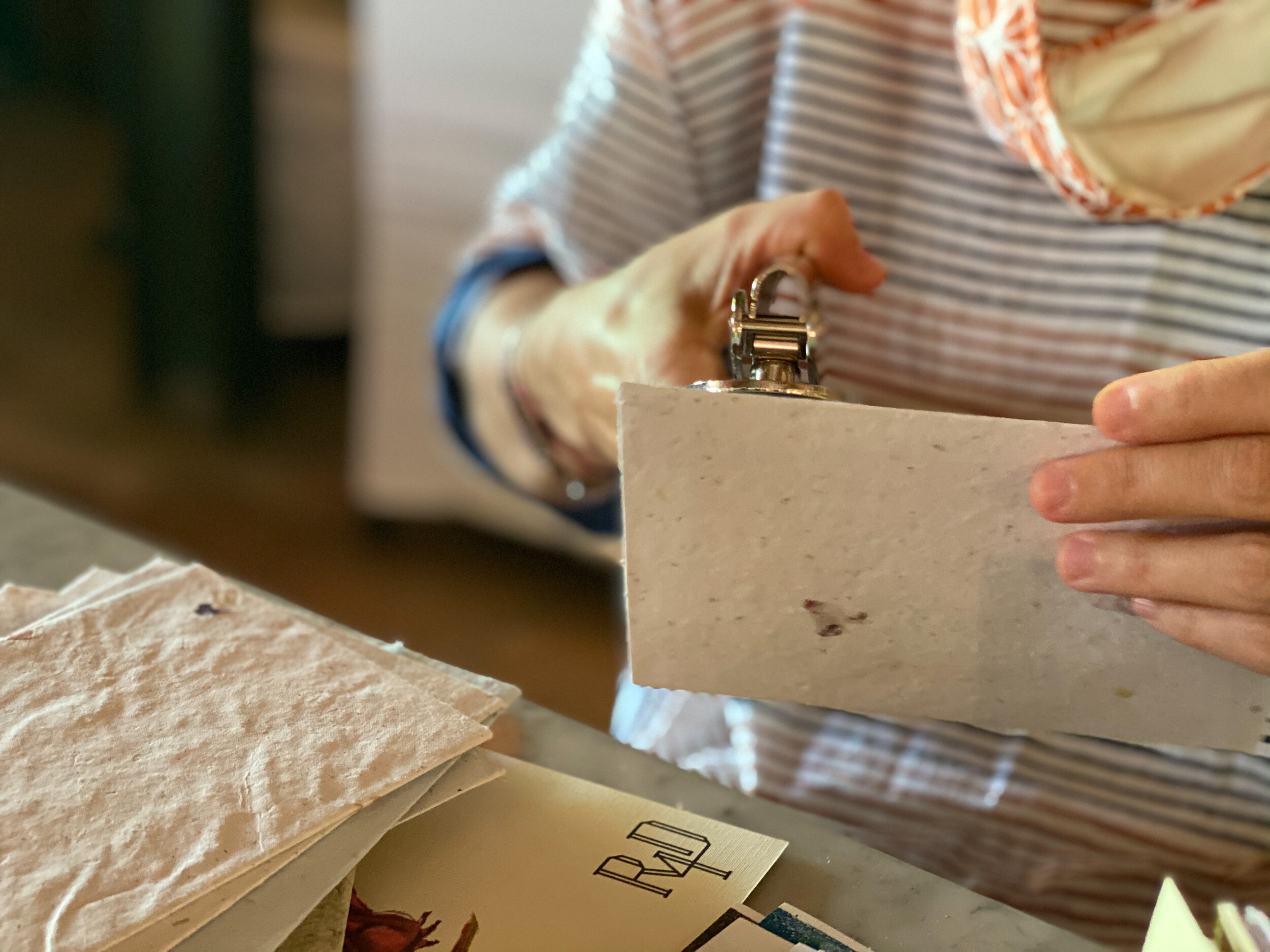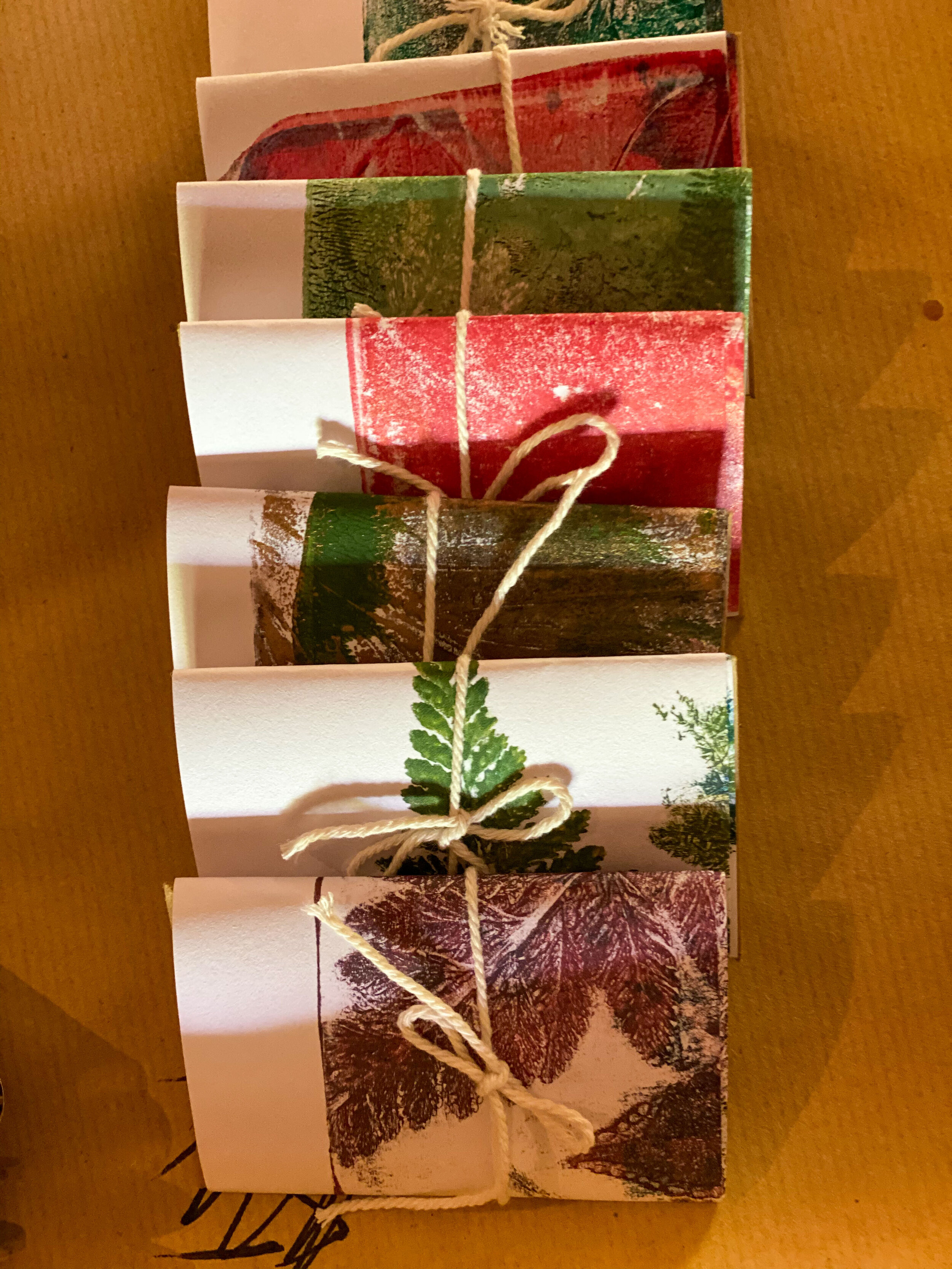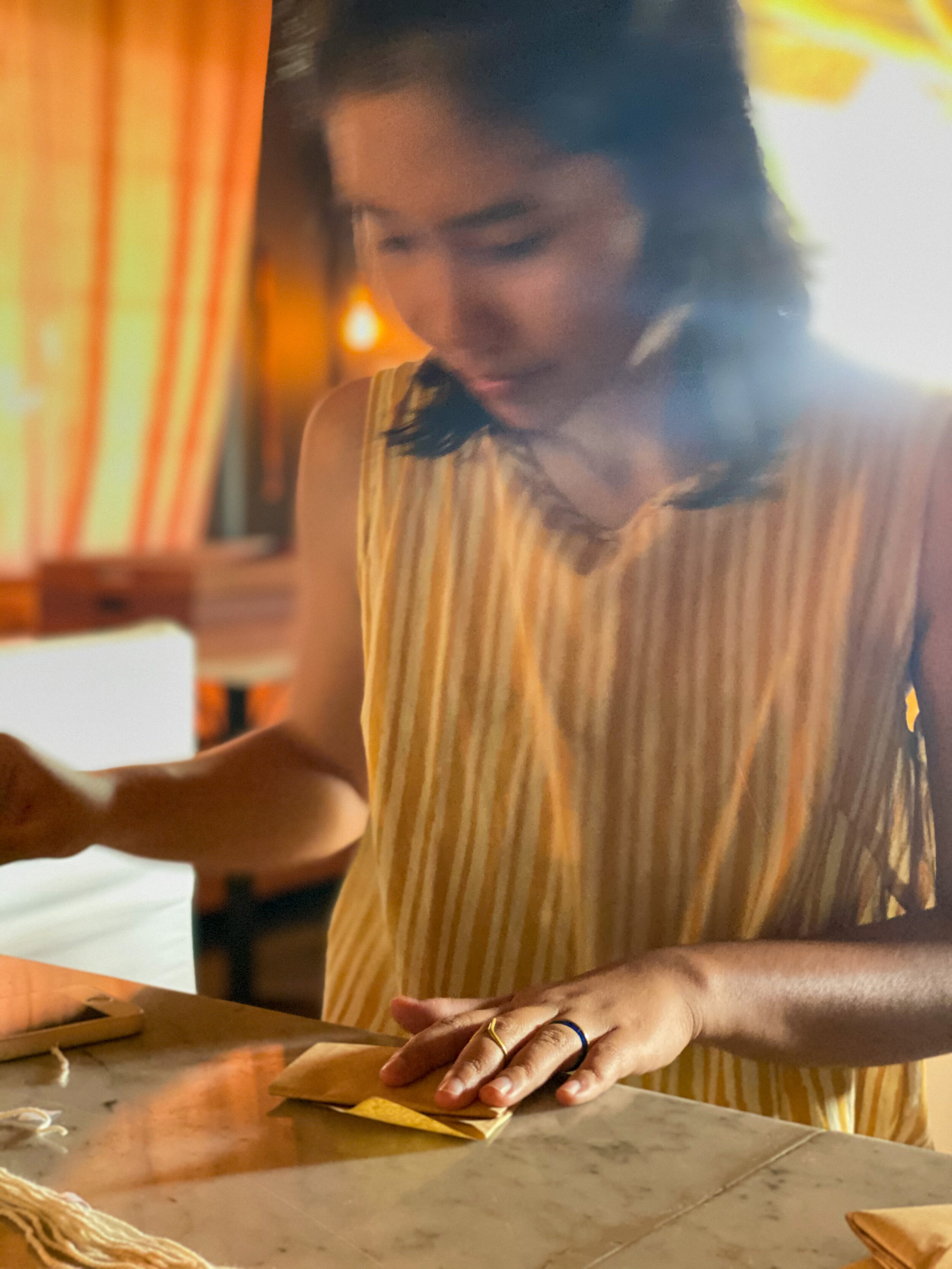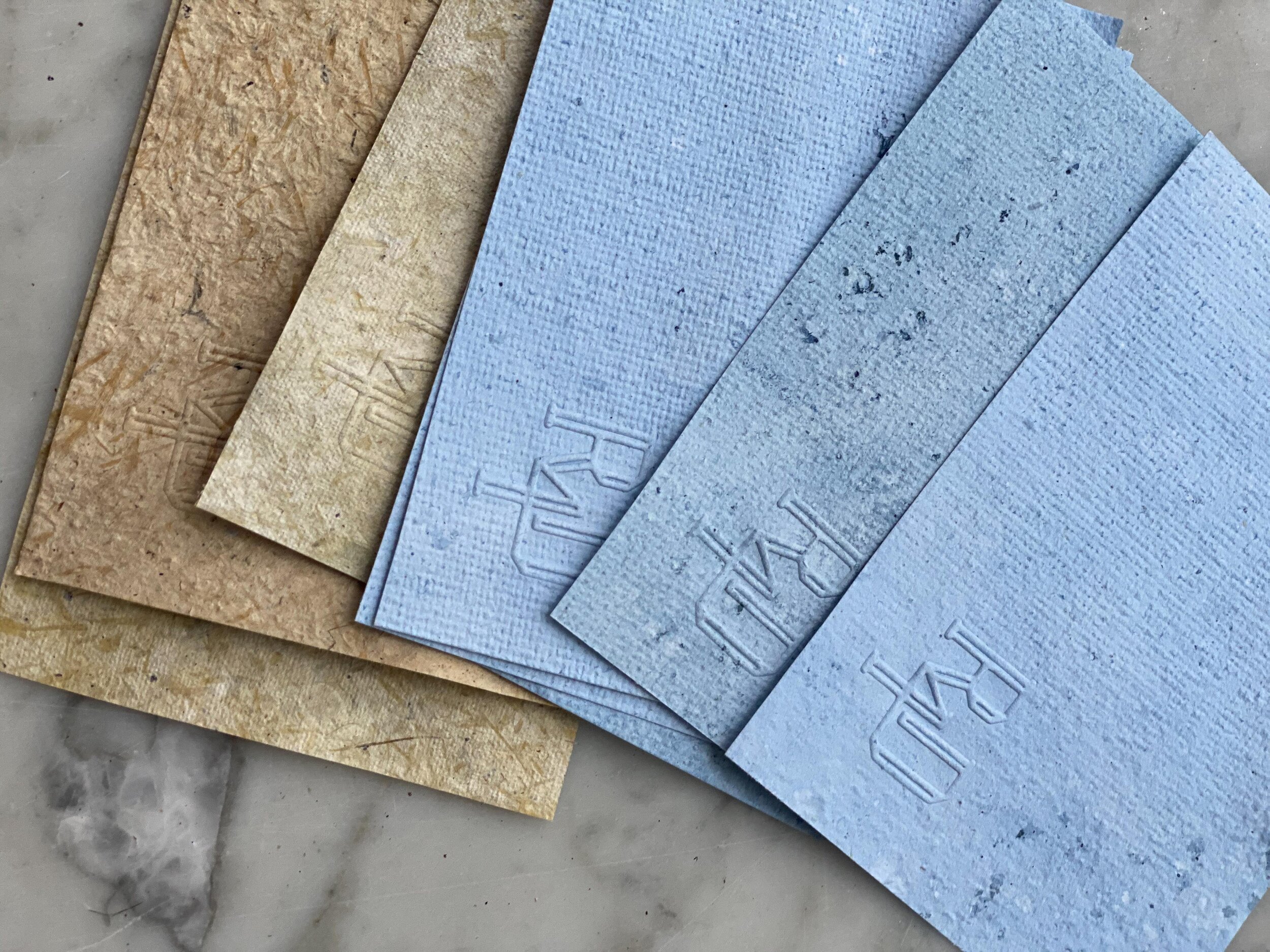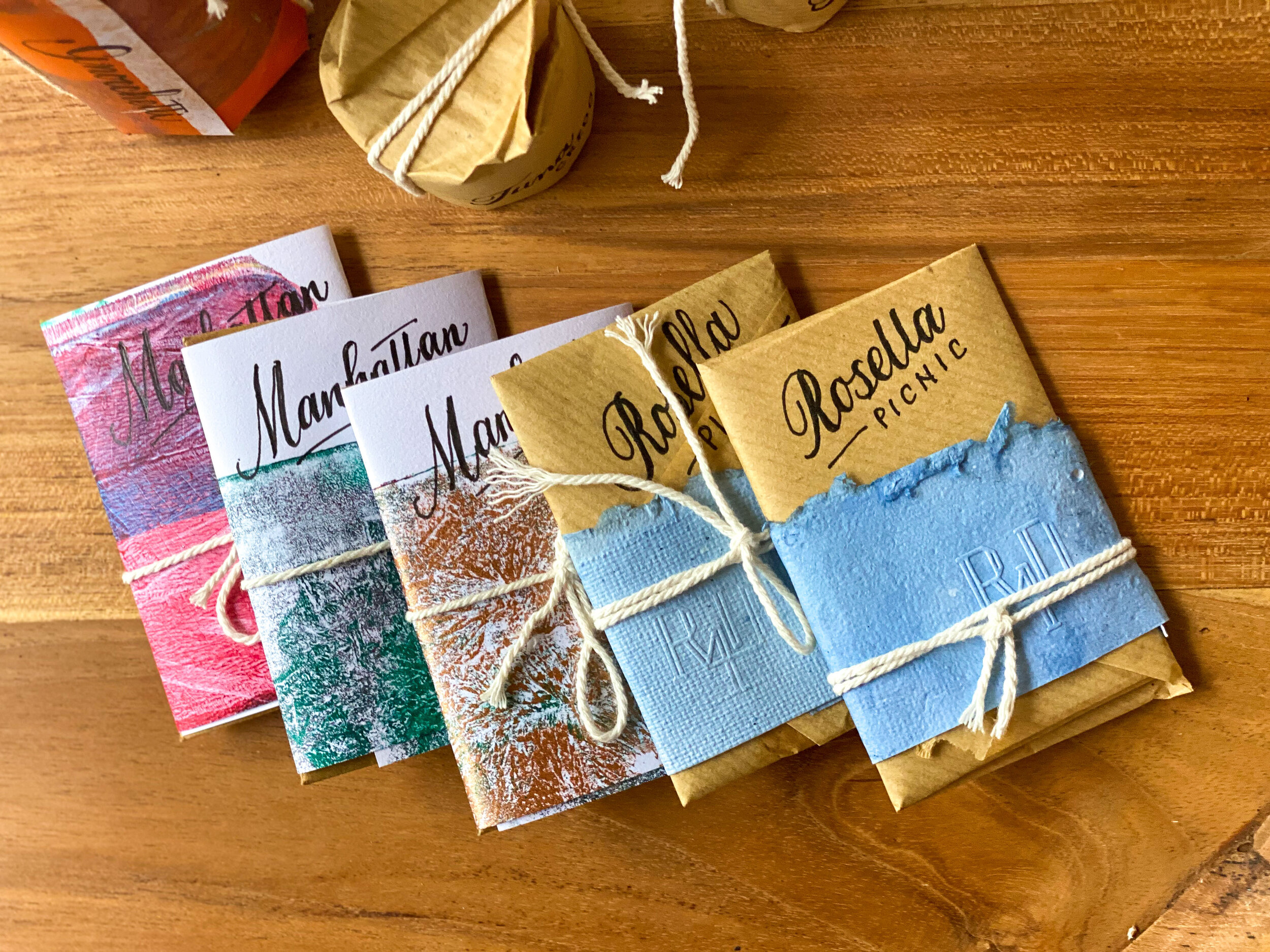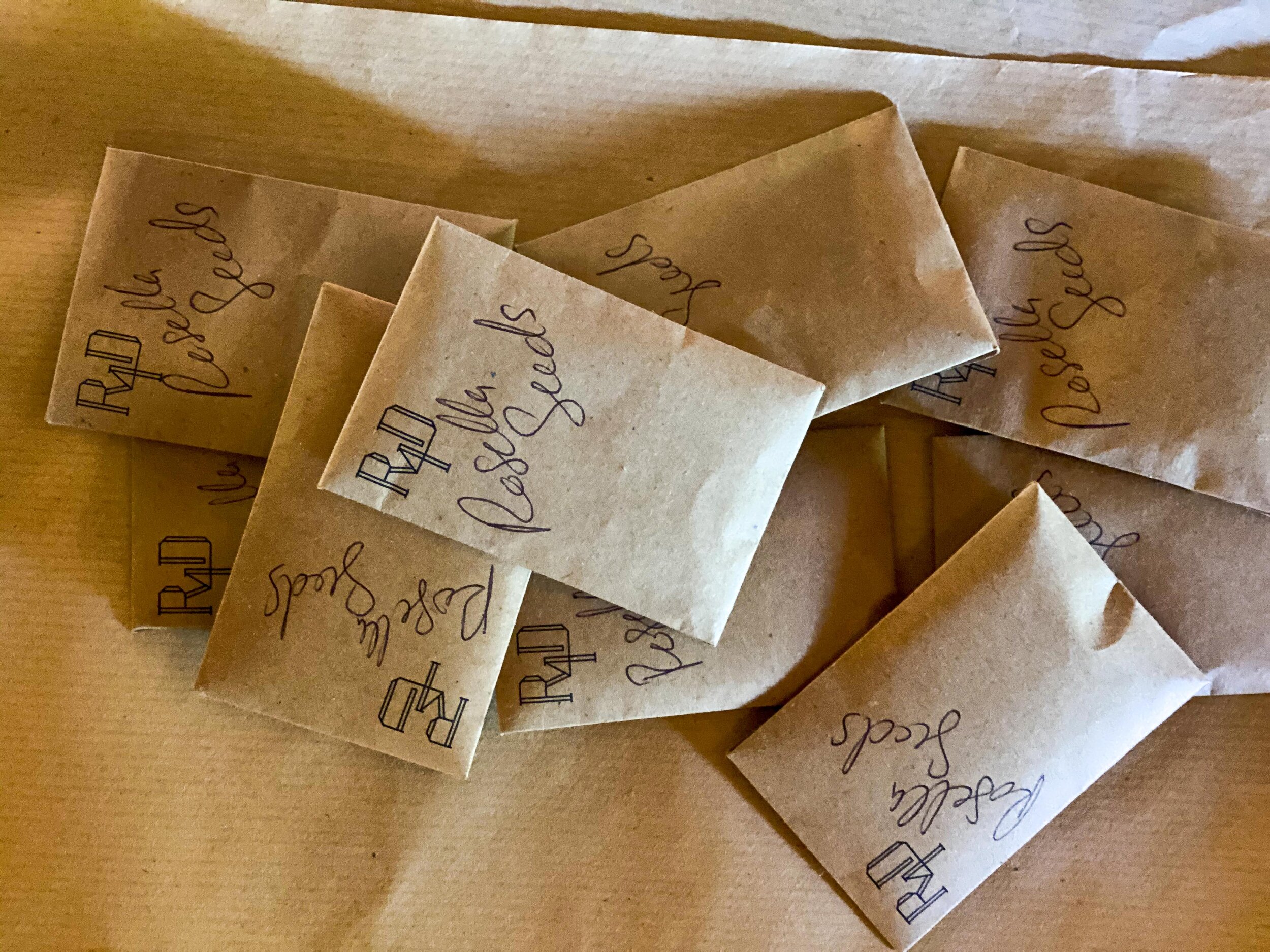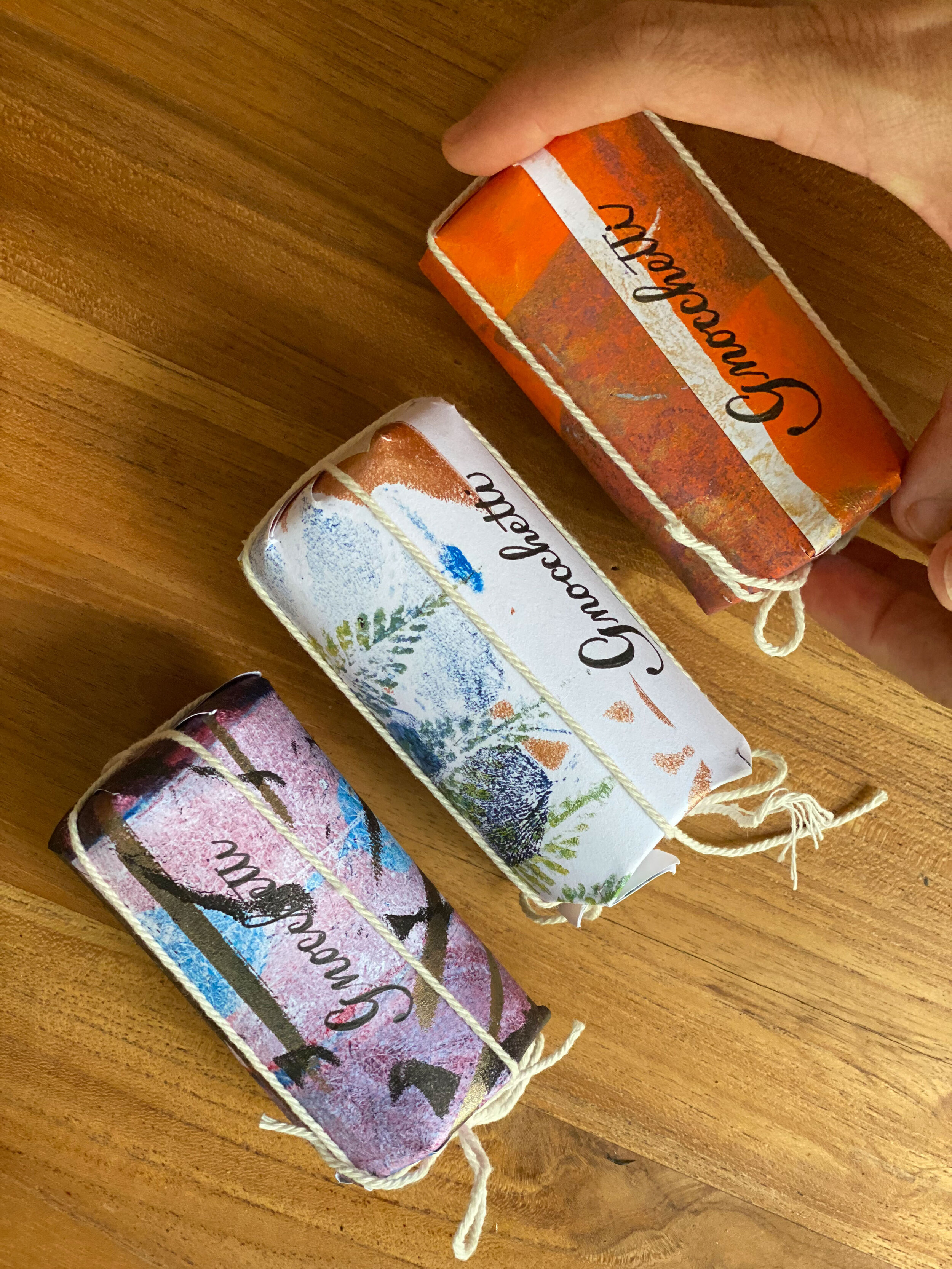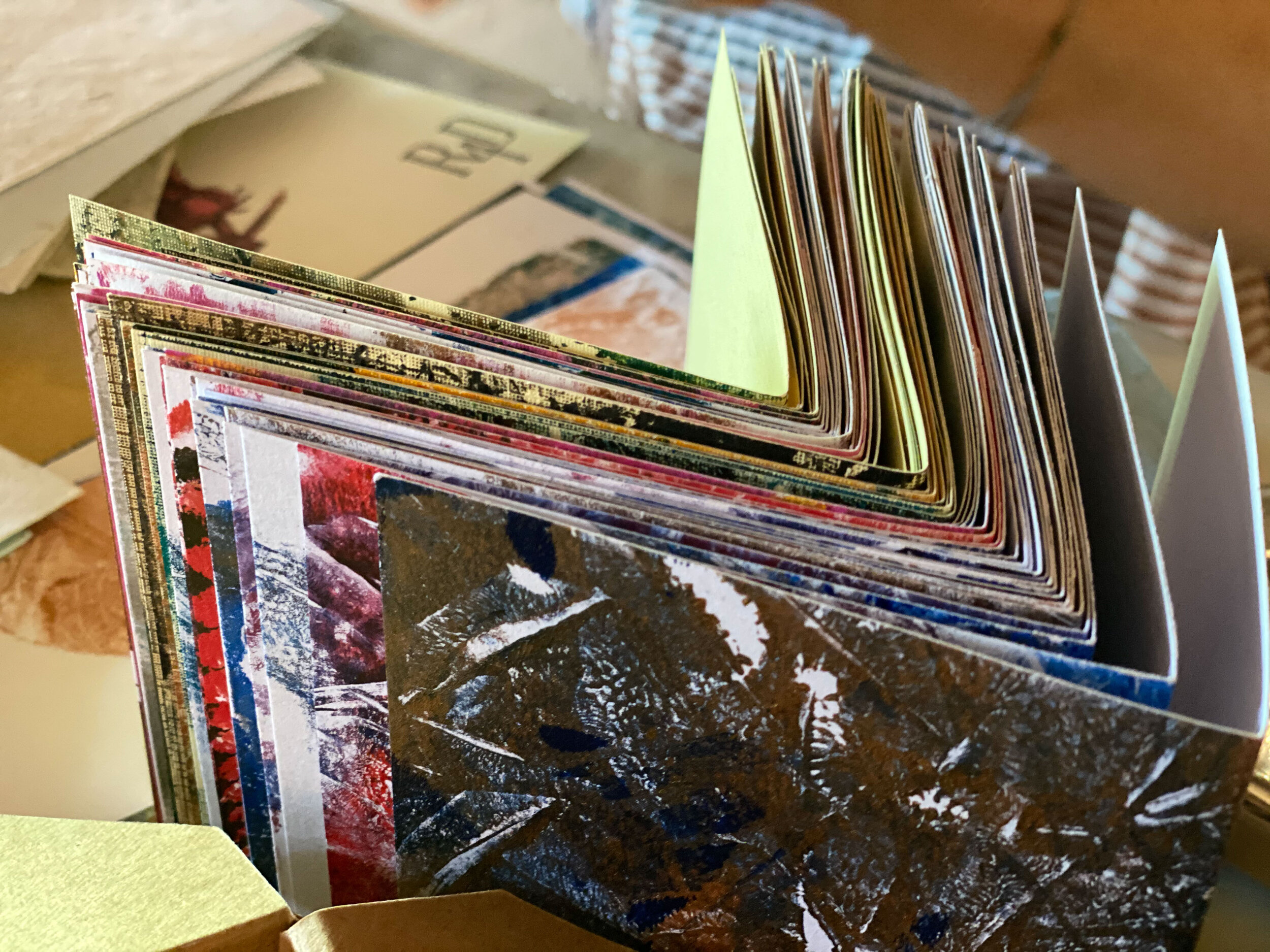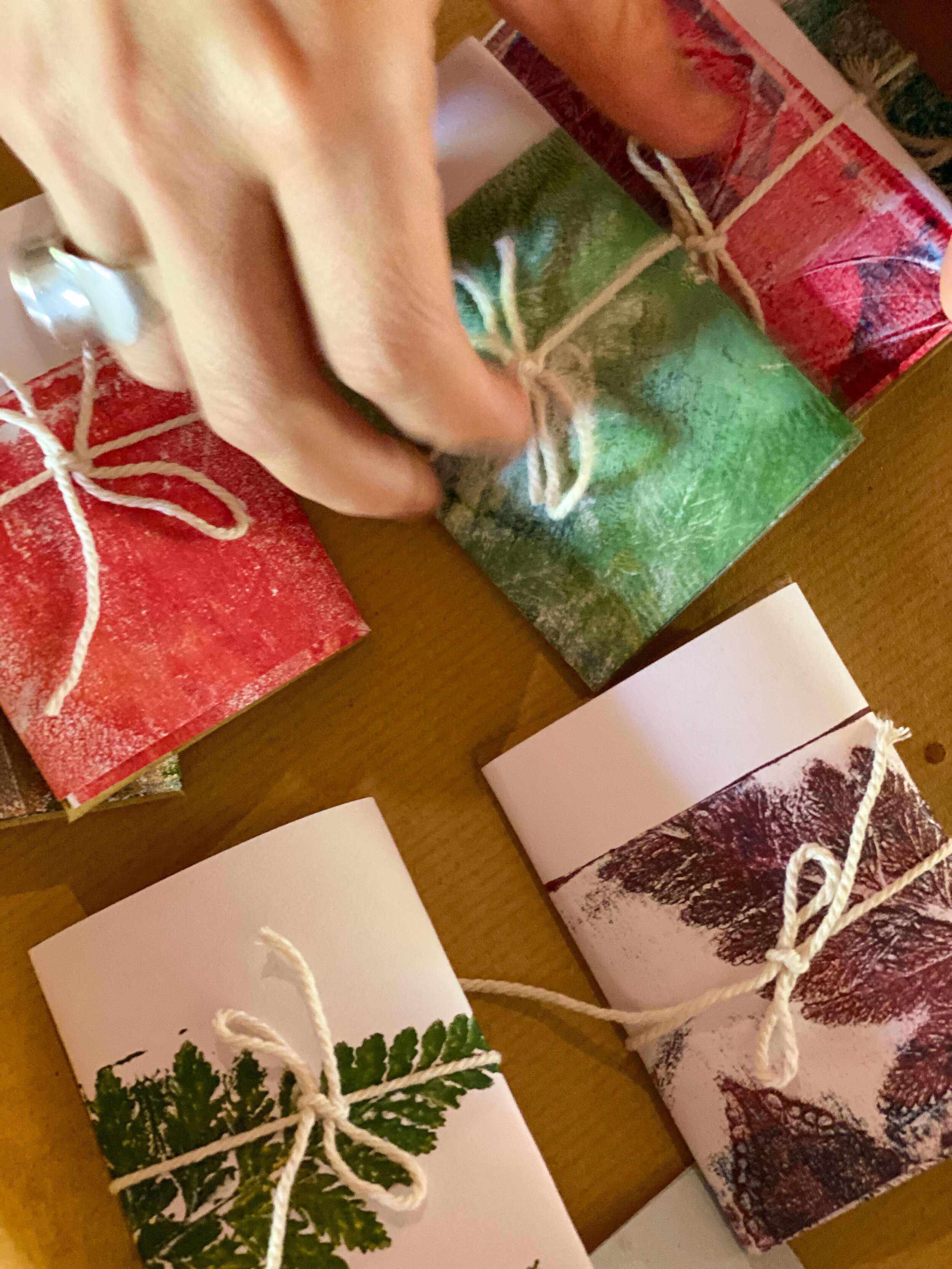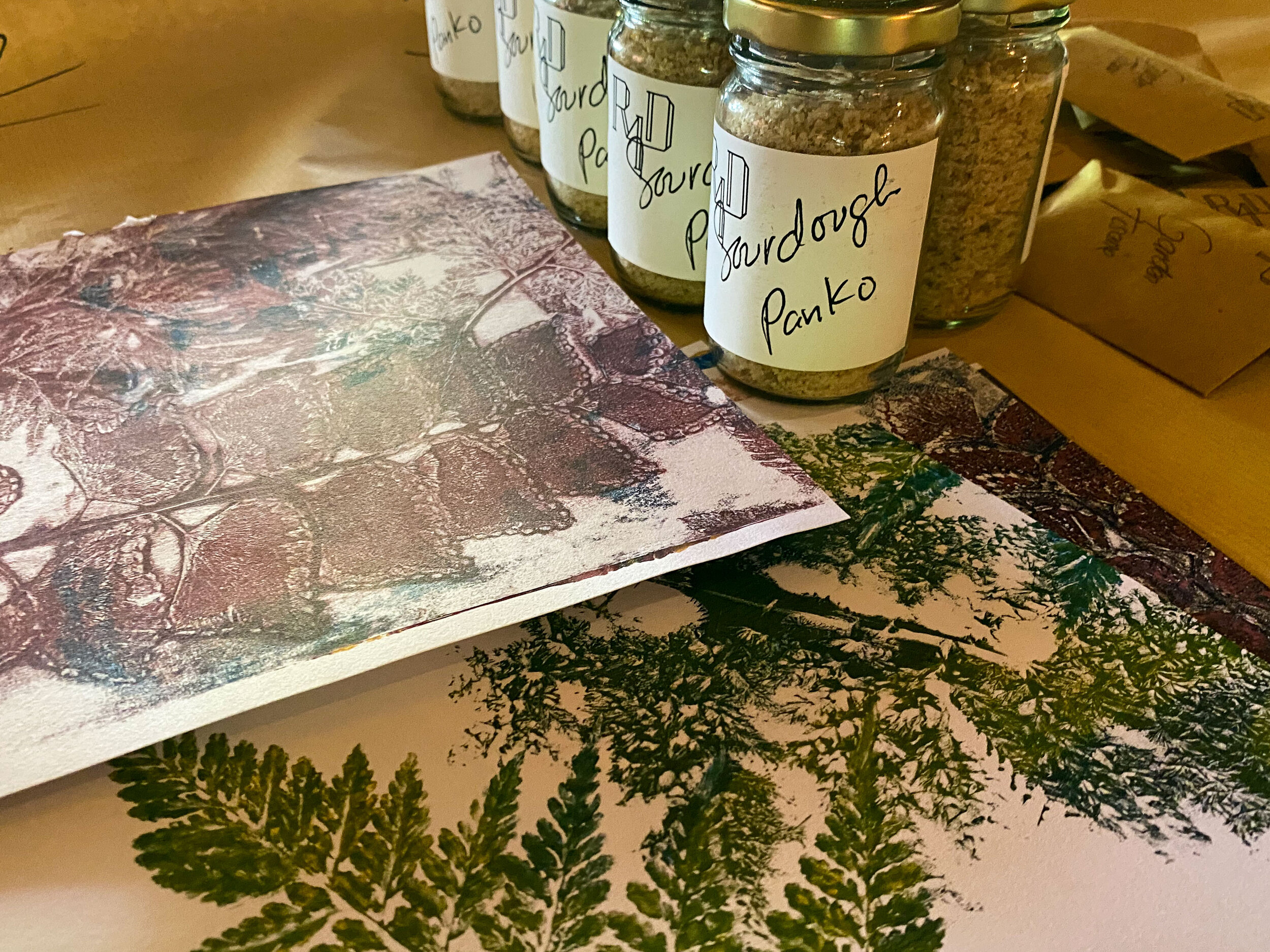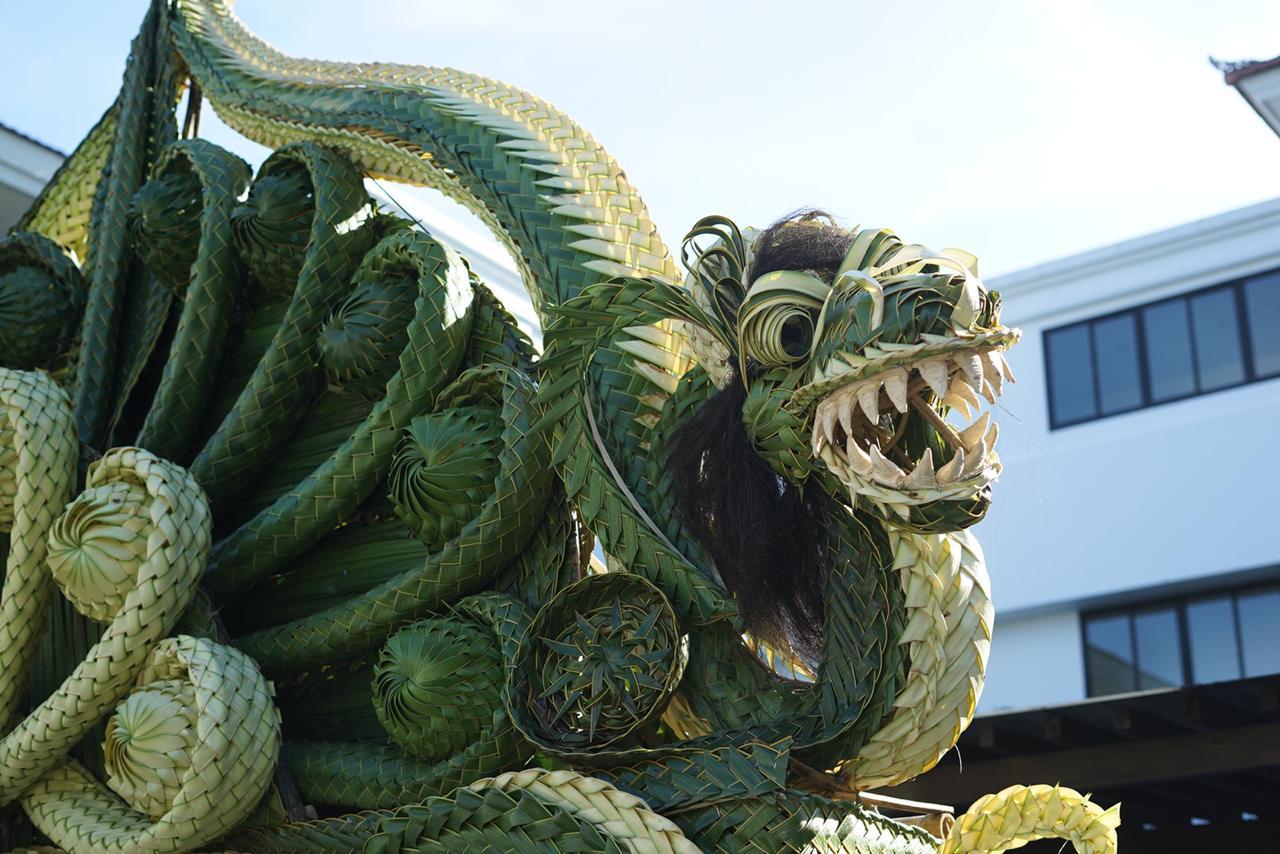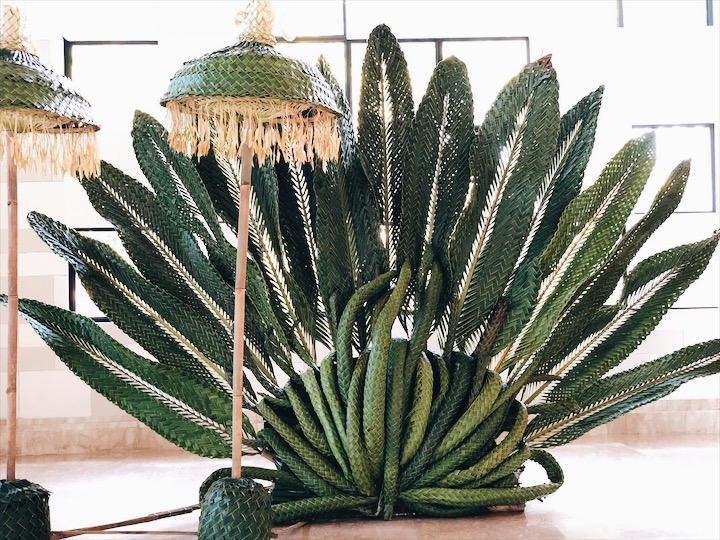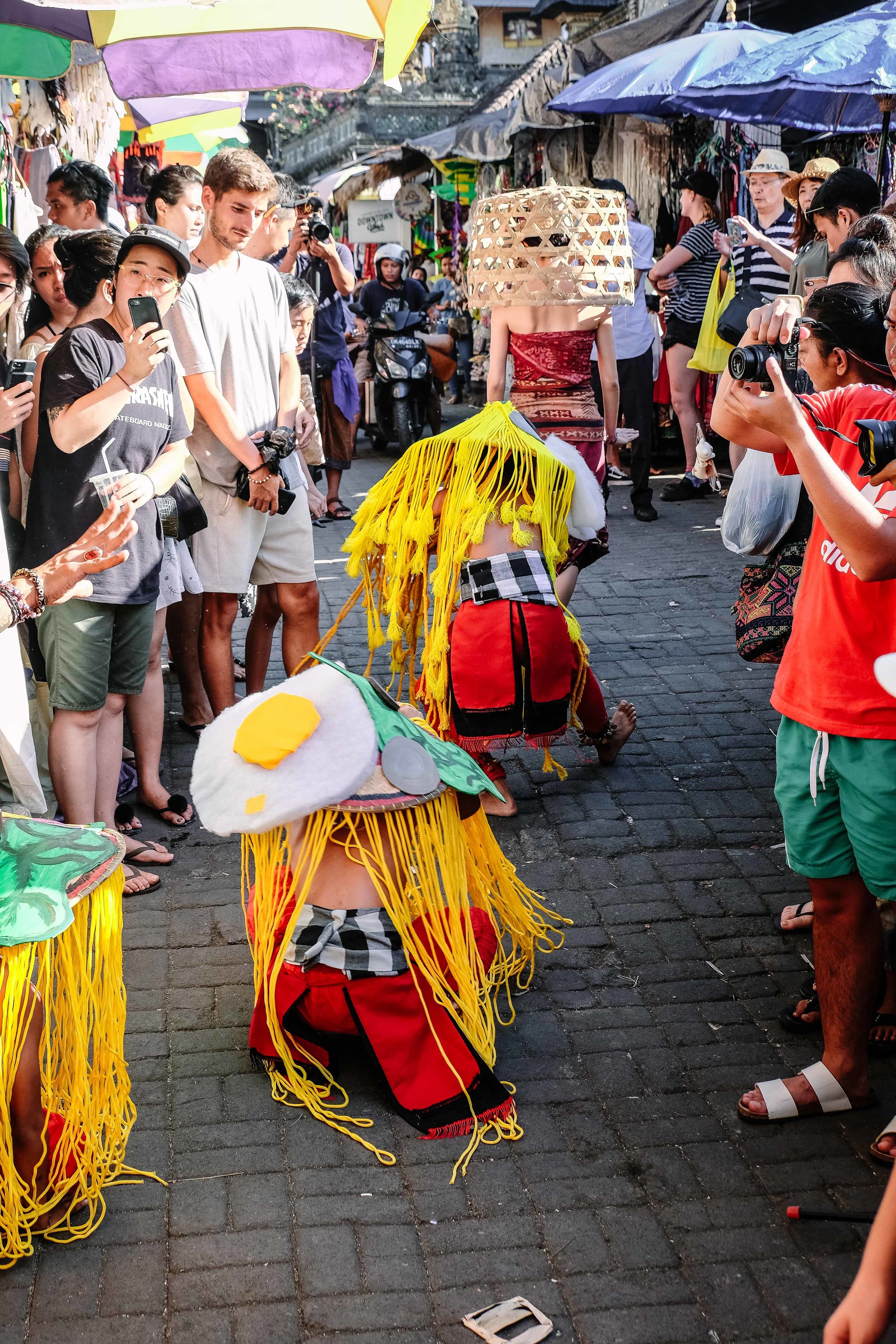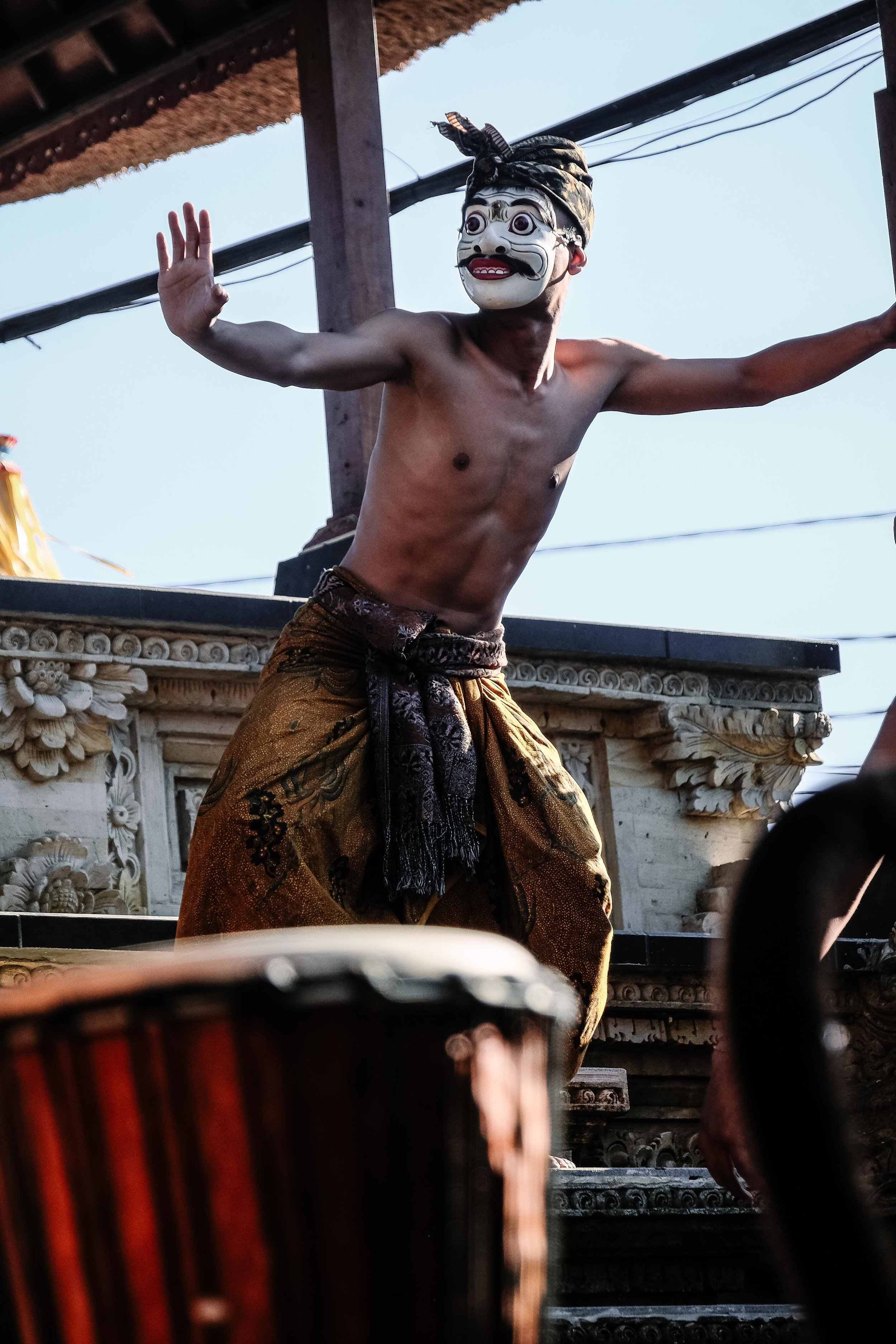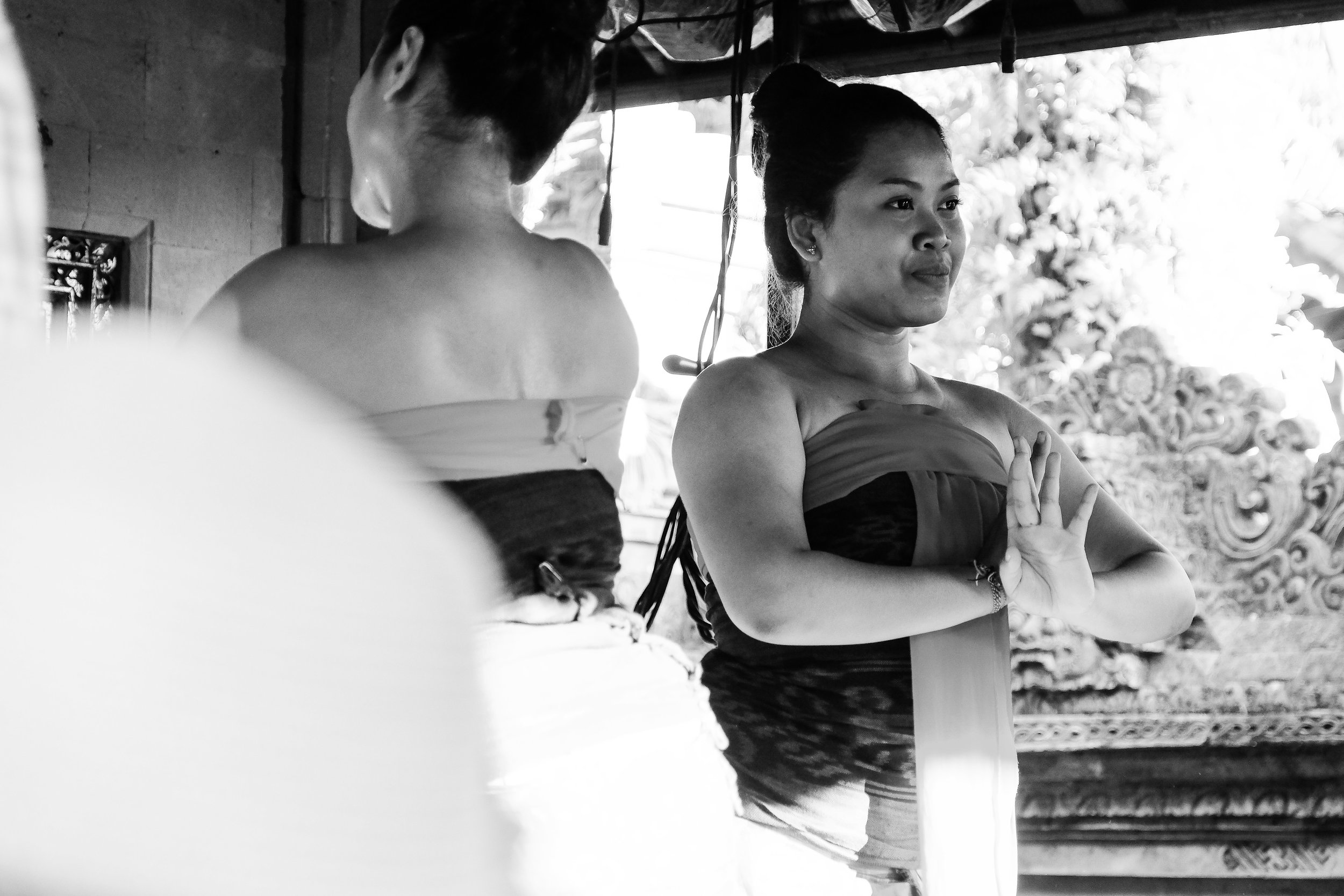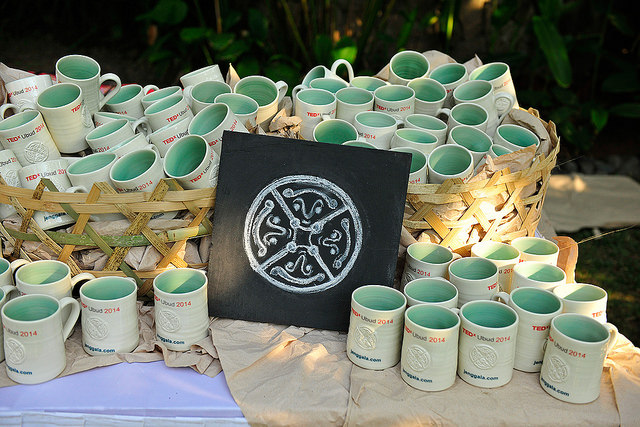Five of the best attendee gifts we ever put together for Bali events
/Attendee gifts, event merch, swag – whatever you call it, it's controversial.
We've had many hours of conversation with clients who swear they don't want to give attendees anything, that it will be a waste, and then as the event creeps closer, panic and have to choose from the same old selections. Sound familiar?
Look, we get it. You've seen the conference tote bags left behind, the branded pens that end up in hotel room trash cans, and the USB drives gathering dust in desk drawers. But here's the thing – when done right, attendee gifts become conversation starters, Instagram moments, and genuine reminders of an incredible experience. And in a place like Bali, we are spoiled for choice. We can have the most incredible custom pieces created that are amazing brand ambassadors long after the event is over.
After 15+ years of producing events in Bali, we've learned that the best attendee gifts aren't about your logo (shocking, we know). They're about creating a connection between your guests and the place they're visiting, giving them something with actual utility, or sparking joy in unexpected ways.
P.S. water bottles? You’d be surprised how well received they are in this climate and when you can’t drink the tap water!
Before we dive into five attendee gifts that had people genuinely excited to take them home and why they worked so well, let us plant some ideas in your head.
Working with Local Artisans: What Event Planners Need to Know
One thing we've learned: working with local artists and craftspeople requires a different approach than ordering from corporate suppliers. Here's what to expect:
Timeline: Add 4 weeks to what you think you need
Communication: Be prepared for different business practices and response times
Samples: Always order samples early – handmade means variations
Minimums: Many artisans have higher minimums than expected
Payment: Many require significant deposits upfront
But the results are worth it. The authenticity and uniqueness you get from working with local creators can't be replicated by mass-produced alternatives.
The Sustainability Factor
More and more corporate groups are asking about the environmental impact of their events, including gifts. Here's how to make attendee gifts part of your sustainability story rather than a guilt factor:
Choose items with longevity: Things people will use for years, not months
Support local economies: Keep money in the destination community
Avoid single-use items: Even if they're branded beautifully
Consider experiences over objects: Sometimes the gift is the experience itself
Tell the impact story: Let attendees know how their gift made a difference
The Future of Attendee Gifts
Based on what we're seeing with corporate groups, here's where attendee gifts are heading:
More experiential: Classes, workshops, and activities rather than objects
Hyper-personalized: Mass customization technology making individual touches affordable
Impact-driven: Gifts that create positive change in the destination
With that, these are the 5 gifts that made us most proud to be a part of curating and producing.
1/ A branded edition of our Snakes and Ladders game
This was a special gift for attendees of an asset managment group. How fitting is the message of Snakes and Ladders for that crowd? A special reminder of their time in Bali and something they could share with their family once they got home.
2/ Custom banded notebooks for guests to invite them to journal, sketch, dream.
Basically slow down and be present in Bali. Featuring artwork by a Balinese artist Maya Kerthyasa of the gorgeous Balinese landscape. A budget-friendly gift with a big impact and strong ties to the island. The notebooks are also hand-bound and made of recycled paper by a group of women right here in Bali.
3/ A hand loomed scarf with a live weaving demonstration
We organized custom white scarves (for an all white party) from Bali’s oldest handloom fabric studio. Instead of just giving them to attendees, we set up a full loom with a live demonstration of the weaving process during the sunset cocktail hour. And if they got chilly after a long night of dancing? Perfect for the ride home.
4/ A Balinese Tridatu blessing bracelet with sterling silver charm
This is such a simple but powerful gift to give people arriving in Bali. We pair this with a simple ceremony led by a priest to welcome attendees and ask for blessings for the event. The bracelet has a simple silver charm with an event symbol on it and a extender to cover all wrist sizes.
5/ Cookbook signed with personal message from author
This was an amazing room drop. a cookbook featuring recipes from two of Bali’s most respected writers and chefs. Even more incredible as the guests ate the food from the cookbook two times during their event during meals cooked by the authors!
Making It Happen
The best attendee gifts don't happen by accident. They require early planning, cultural understanding, and connections with local creative communities – exactly the kind of relationships that large DMCs struggle to maintain but boutique planners like us specialize in.
If you're planning a corporate event in Bali and want attendee gifts that people actually keep, start the conversation early. The most meaningful gifts can't be rushed, but they're worth the extra planning time.
Your attendees will thank you. Your client will love the positive feedback. And six months later, when someone wears their batik shirt to a dinner party or cooks a recipe from a cookbook for friends, they'll remember exactly how your event made them feel.

